O Barco – A landlocked treasure
Wednesday, October 29, 2014
The town of O Barco (The Boat) is located in the province of Ourense in Galicia. It lies in the foothills of the Sierra de la Lastra mountain range, in a comarca (traditional region) known as Terra de Valdeorras. As the town is some 130 kilometres from the sea, it seems reasonable to assume that it derives its name from an ancient river crossing rather than any seagoing vessel.
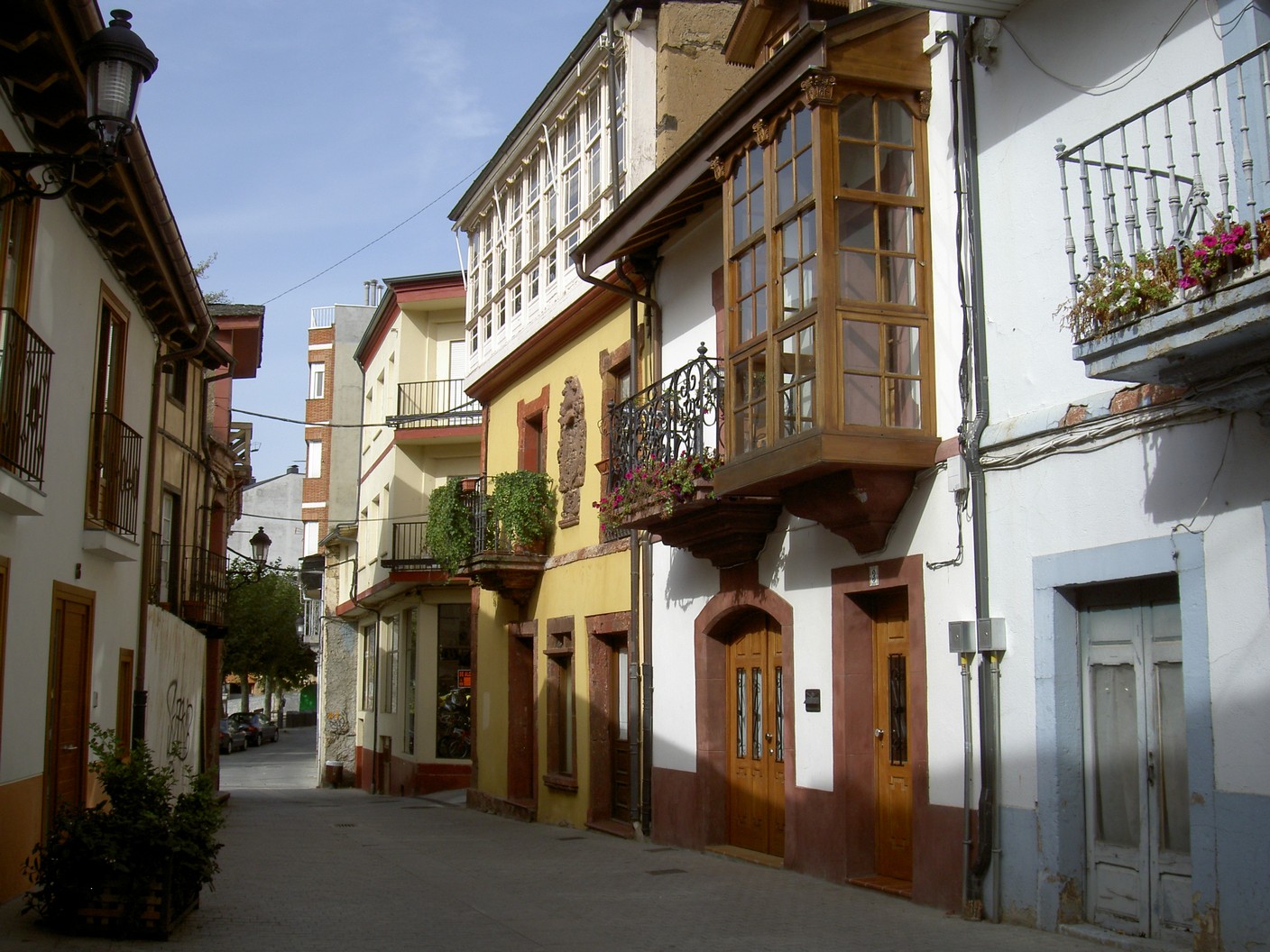
Two thousand years ago, rich mineral deposits brought Imperial Roman legions to the area: “There’s gold in them thar hills…” The gold deposits have long since been extracted. Today, the town’s prosperity is indelibly linked to a different mineral deposit: slate. Almost 90% of Europe’s natural roofing slate is produced in Spain, most of which originates in Galicia.
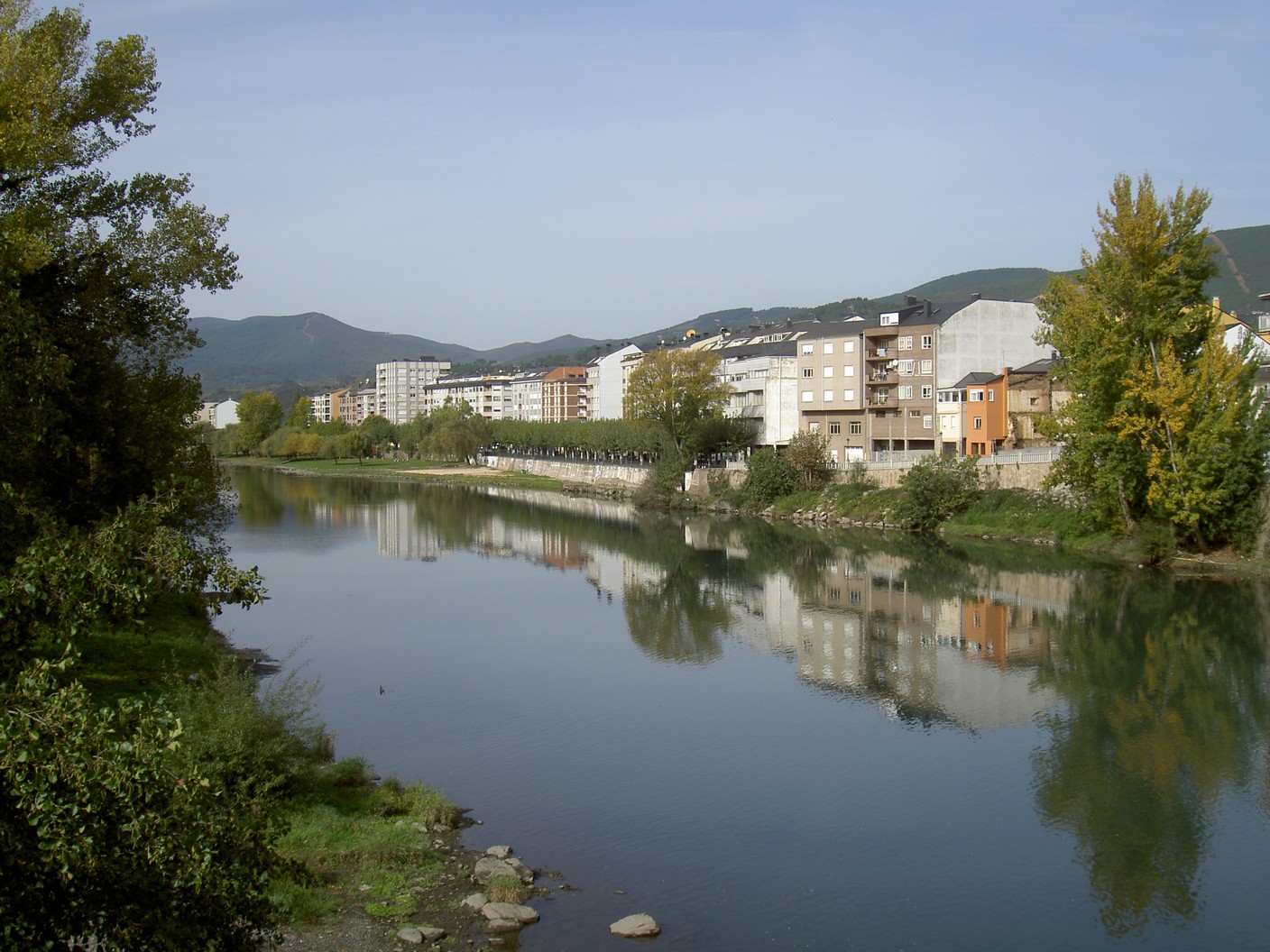
O Barco’s second biggest export is wine. Valdeorras is a denominación de origen or D.O. (a regulatory classification system primarily for wine). The area is best known for producing fruity whites from the godello grape variety. Within the town, very little of O Barco’s medieval architecture remains. A pleasant promenade runs along the river and during the summer months there’s a lively café culture.
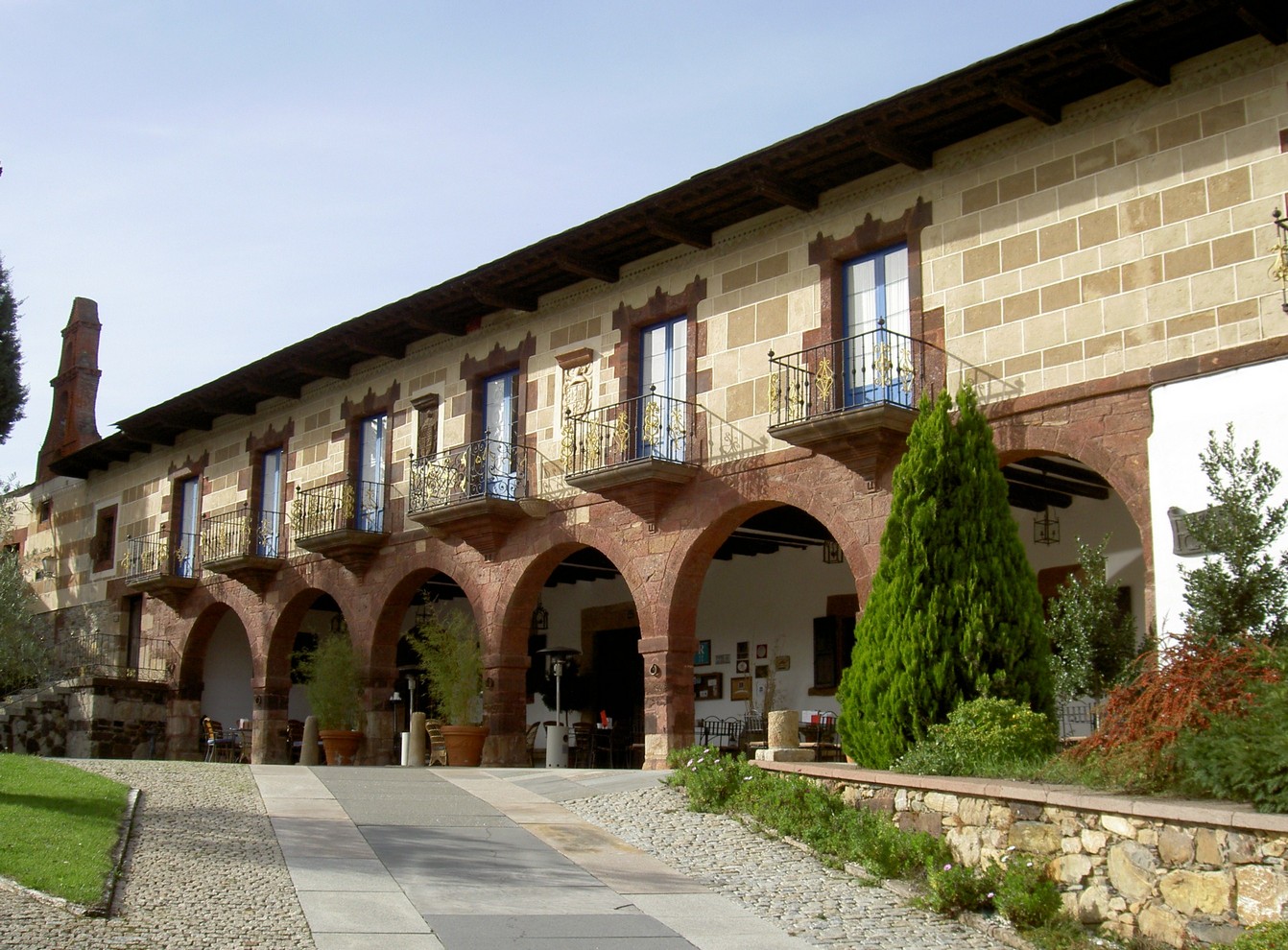
Venture a little further afield and history and nature abound. Located in the nearby village of O Castro, and occupying a prominent position overlooking the town, is the 17th century manor house of Flórez. Built in 1630 for Don Pedro de Quiroga y Losada this medieval palace maintains many of its original features, furnishings, and works of art, and is currently operated as a hotel and spa.
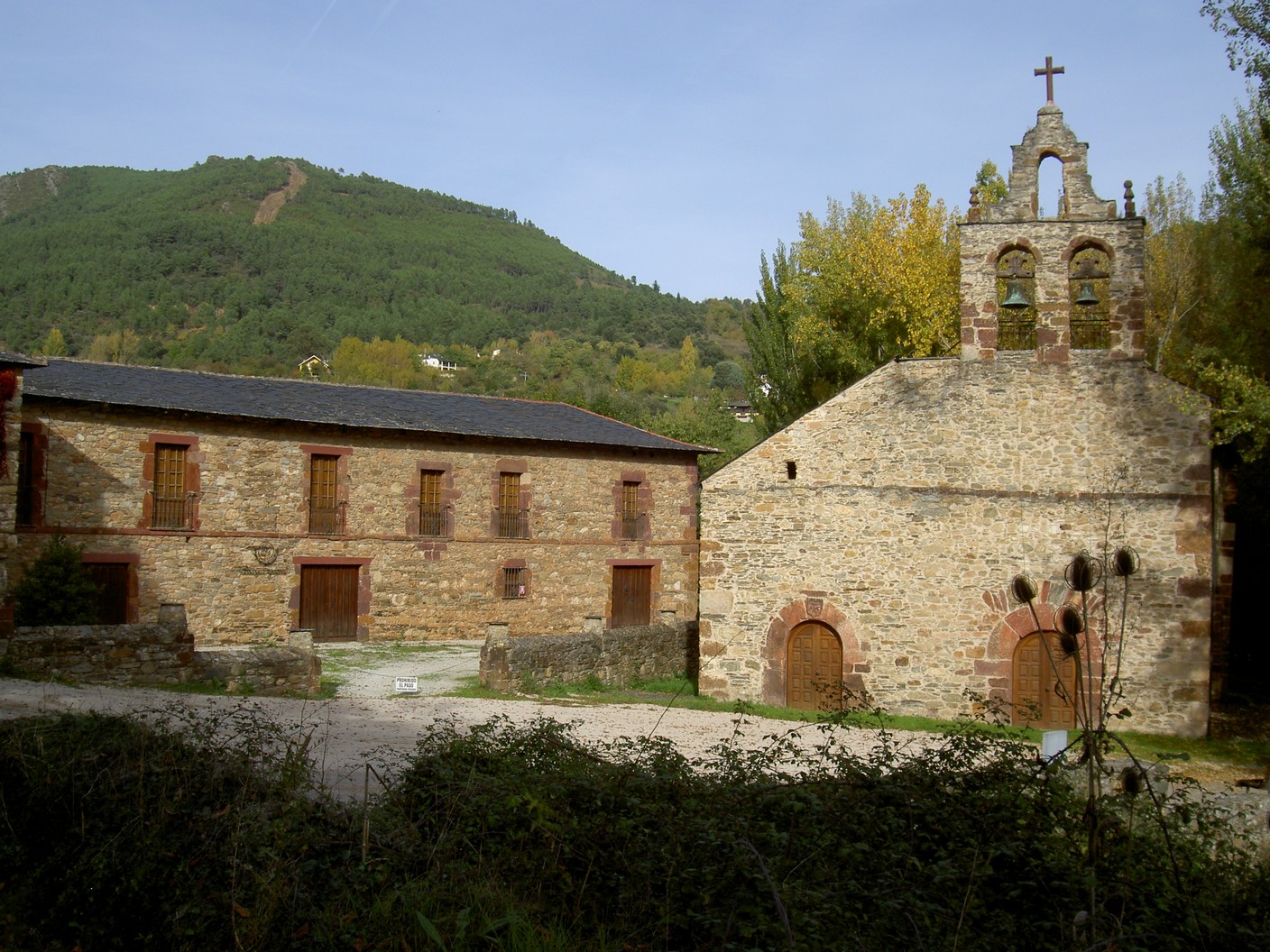
North of O Castro is the Monasterio Xagoaza y la iglesia de San Miguel. The Monastery dates back to the 18th century and is currently owned by the Bodegas Godeval winery. The church is built in the Romanesque style of the 12th and 13th centuries. Carved above one door is the Maltese cross, symbol of the Order of St. John of Jerusalem or Knights Hospitaller.
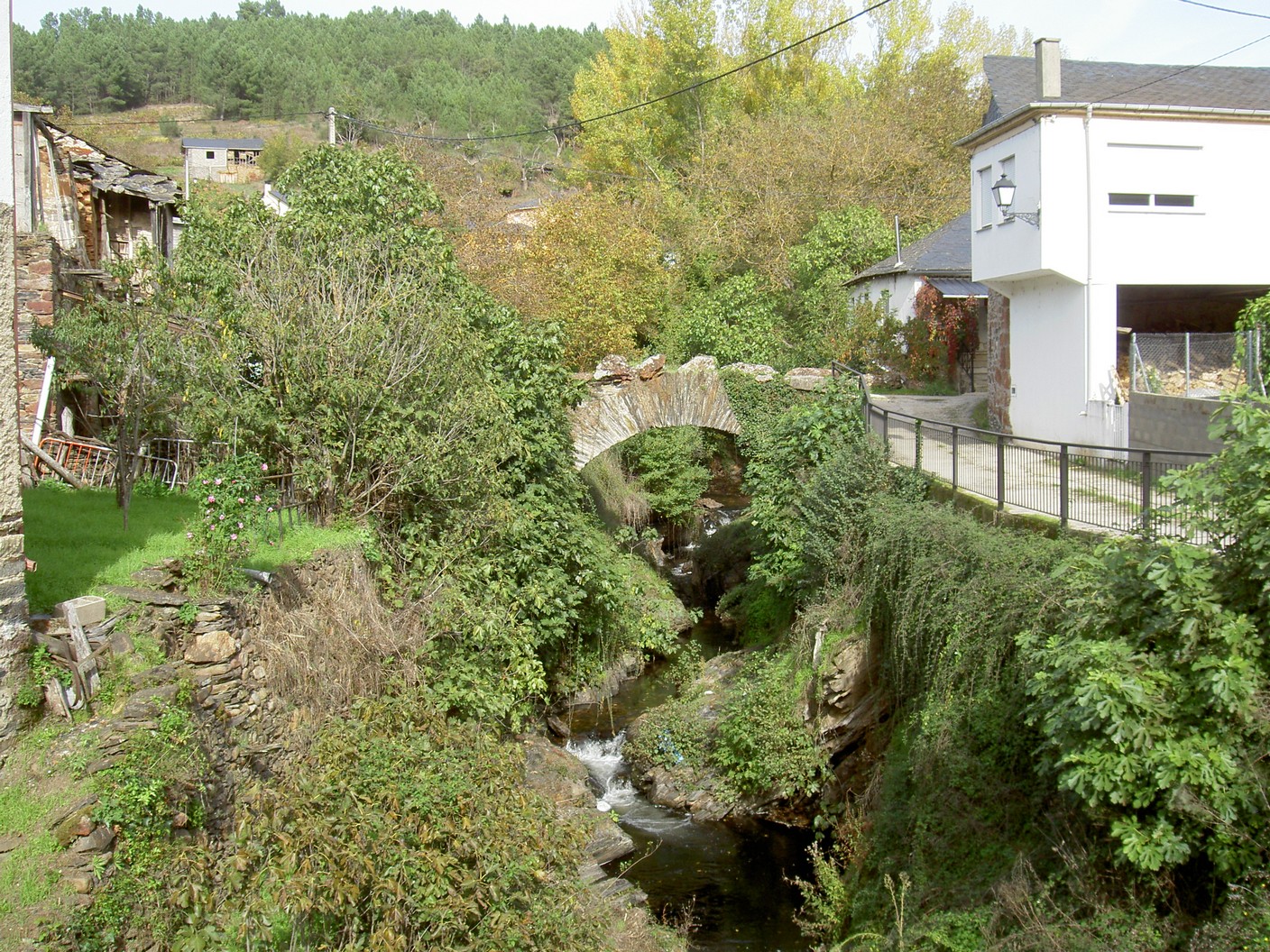
About four kilometres east of O Barco, travelling along the valley of the river Sil, is the village of Éntoma. Focal point of the village is a small Roman bridge spanning the rio Galir. If only bridges could talk. Can you imagine the stories this one might tell: Roman legions, marauding Germanic Suevi, Visigoths, Moors, Napoleon’s French invaders, and me.

Today’s conquerors are modern-day pilgrims, walking the Camino Invierno de Santiago (Winter Route). The route passes through the village and across the bridge. The Sierra de la Lastra is famed for its Mediterranean fauna; highlighted in October by the abundance of ripening olives.
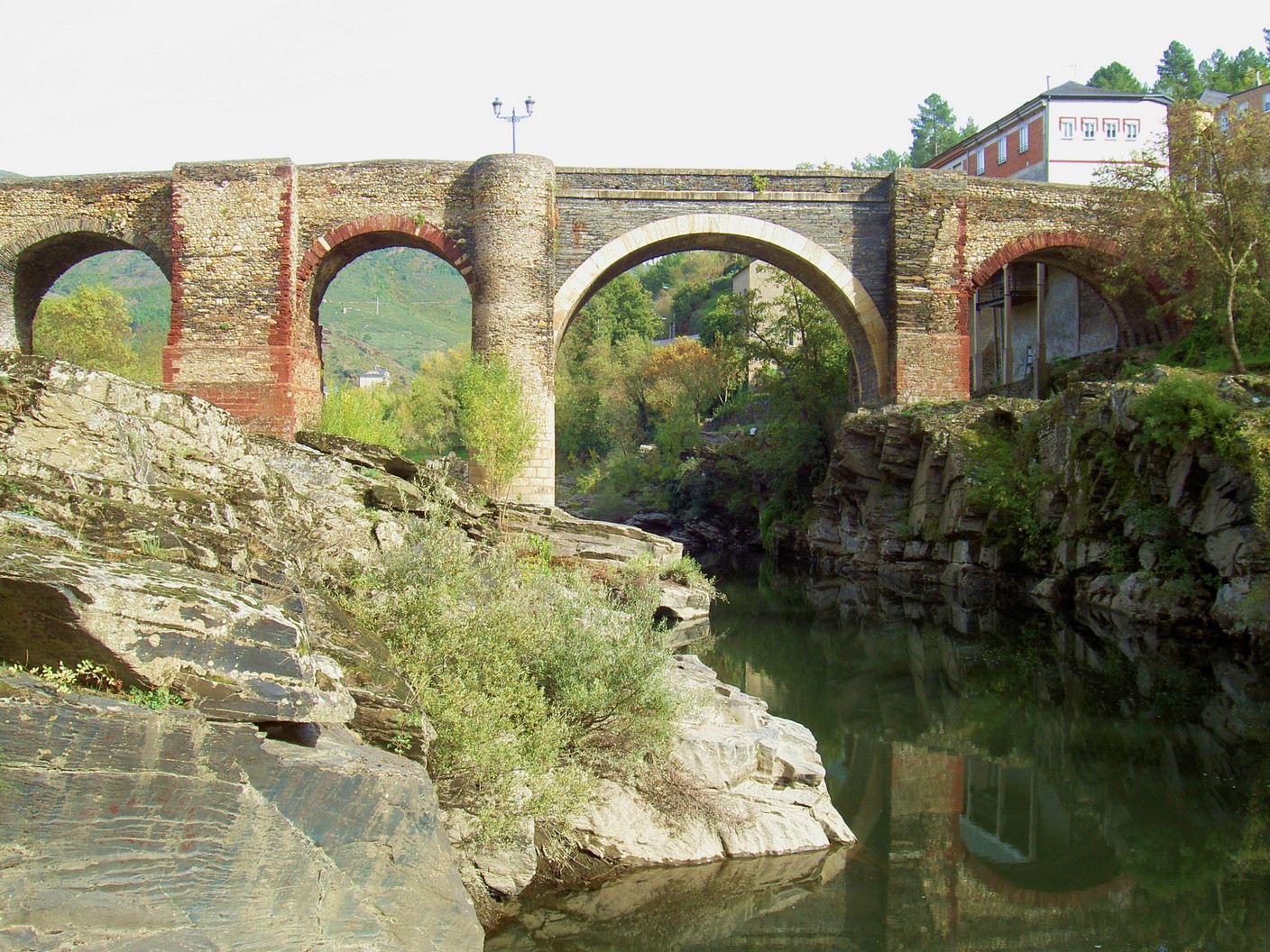
A little further east is the larger village of Cabralleda. At its entrance is a large viewing platform, featuring a mature olive tree. This lofty stage affords excellent views over the village, its 16th century seven arch bridge and the river Sil. During the War of Independence from the French, the abbot of Casoio, José Ramón Quiroga y Uria, led the local militia. Under his command they blew-up the bridge’s central arch, preventing the French troops from crossing the river.

Wherever you travel in Galicia, history, culture, and nature walk hand-in-hand. The next time you’re looking for a destination of distinction, why not visit this beautiful corner of Spain.
Copyright © 2014 Craig Briggs
*************************************************************************
Craig and Melanie own and operate a luxury farmhouse rental property called Campo Verde. To find out more about a stay at Campo Verde and Galicia in general, visit their website getaway-galicia
Craig’s book, Journey To A Dream, is available exclusively from Amazon, to purchase your copy click here for your national Amazon store.
Find out more about Craig, and Galicia or look him up on Facebook
 0
Like
Published at 11:35 AM Comments (0)
0
Like
Published at 11:35 AM Comments (0)
Portomarin – Spain’s Abu Simbel
Wednesday, October 22, 2014
Portomarin is the most northerly town in the Ribeira Sacra: a region in Galicia famed for its excellent wine, historic heritage, and places of outstanding natural beauty.

This bustling little town lies on the French route of the Way of St. James (El Camino Francés de Santiago). Throughout the year, pilgrims from all over the world arrive in search of overnight accommodation before moving on.
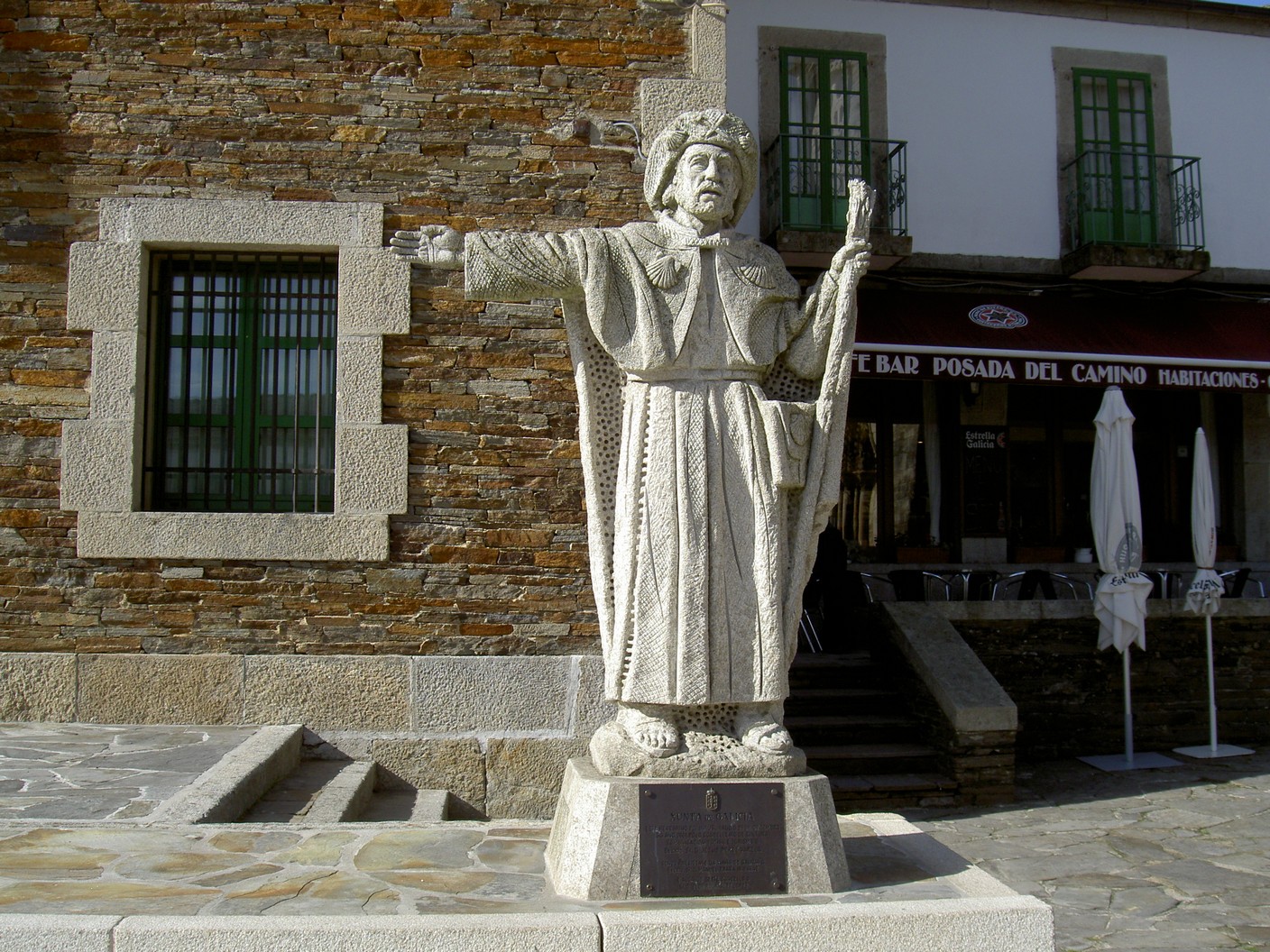
At first sight, the historic centre displays all the features you’d expect of a medieval town. The street leading to the main square is lined on both sides with ancient porticos. The square is dominated by the Iglesia de San Juan (Church of Saint John). This distinctive temple-fortress was built in the 13th century by the Knights of Saint John of Jerusalem. It’s unusual in that it has design features of both a church and a castle.
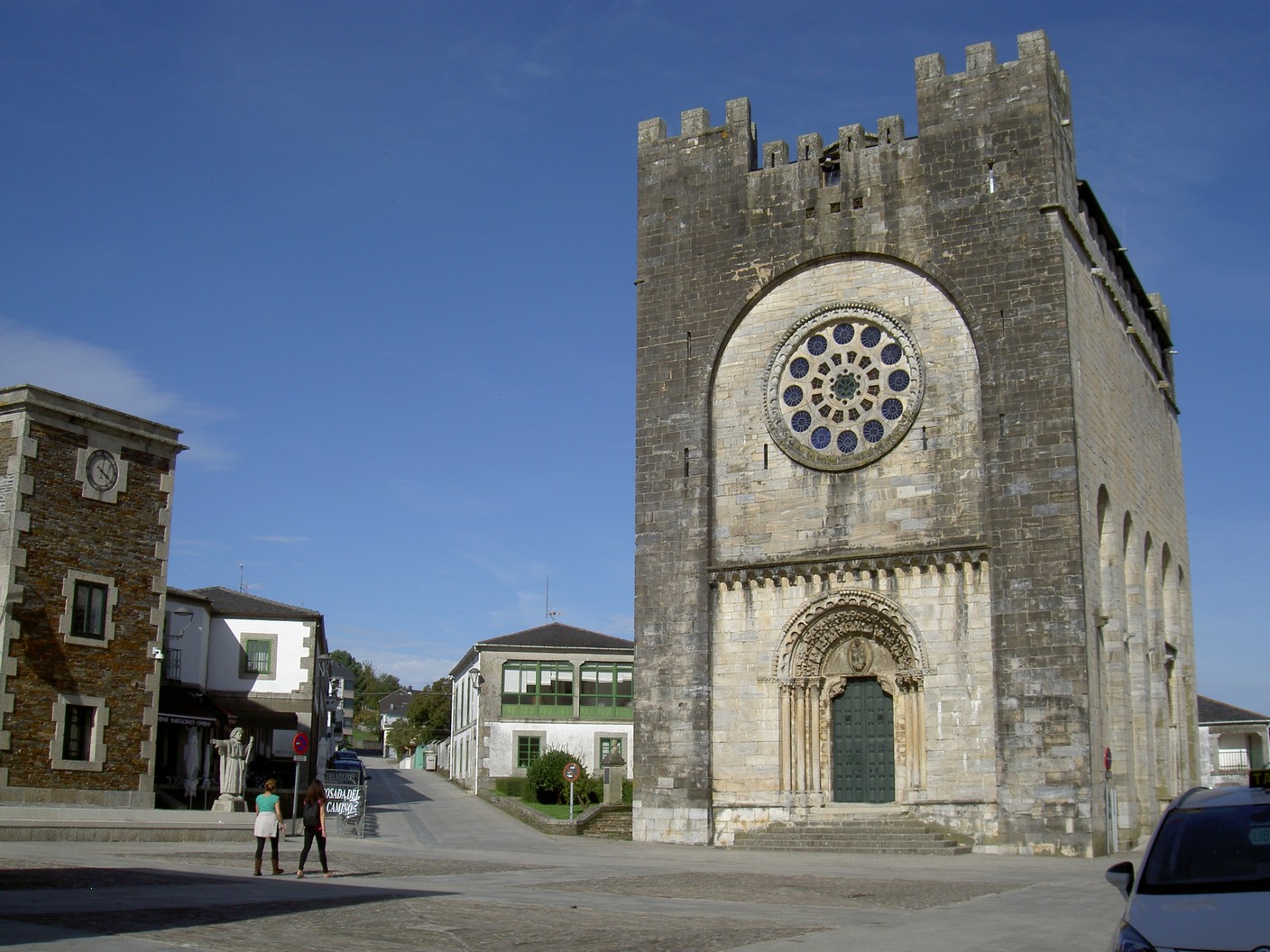
However; look a little closer and you’ll see that everything is not quite as it seems. The first thing you’ll notice is a complete absence of urban dereliction: not one crumbling building or abandoned home. The medieval porticos leading to the main square are perfectly symmetrical; as perpendicular today as the day they were built.

Another clue to the town’s recent history can be found in the name of the main square: Plaza Conde Fenosa. The title of Count of Fenosa (Conde de Fenosa) is a Spanish peerage created in 1955 by the late dictator Francisco Franco. The first Count of Fenosa, Pedro Barrie de la Maza, was a Galician businessman. Along with other business interests he owned one of the country’s leading energy suppliers, Fenosa. But perhaps the biggest clue to Portomarin’s recent history is inscribed on the stone blocks of the Iglesia de San Juan: a sequence of numbers which helped builders recreate this life-sized 3D jigsaw to its current location.
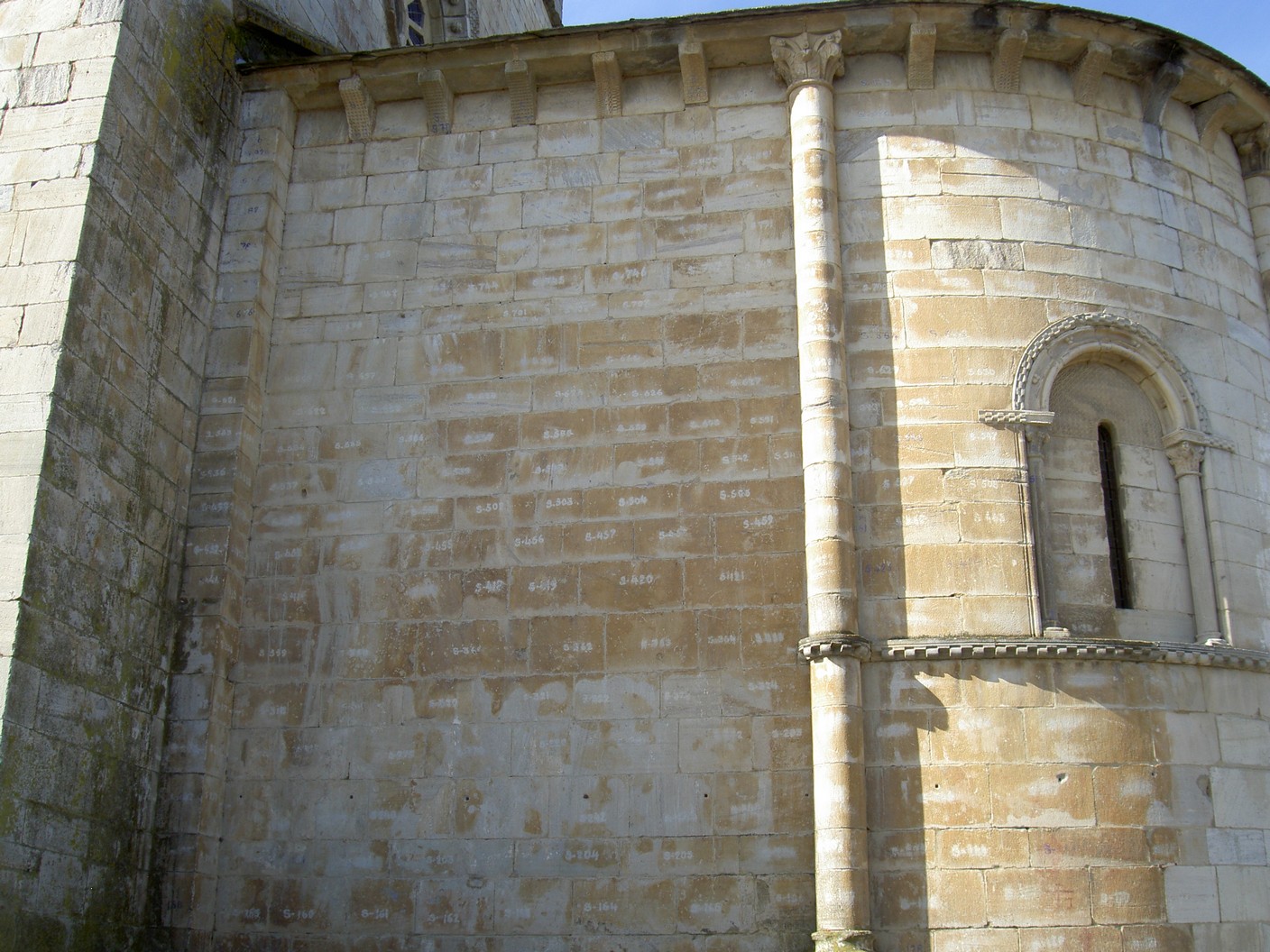
Despite appearances, the town of Portomarin is less than 60 years old. The original town developed around a Roman bridge which spanned the river Miño. In 1956 plans were unveiled to build a hydroelectric dam downstream at Belesar, threatening to submerge the town.
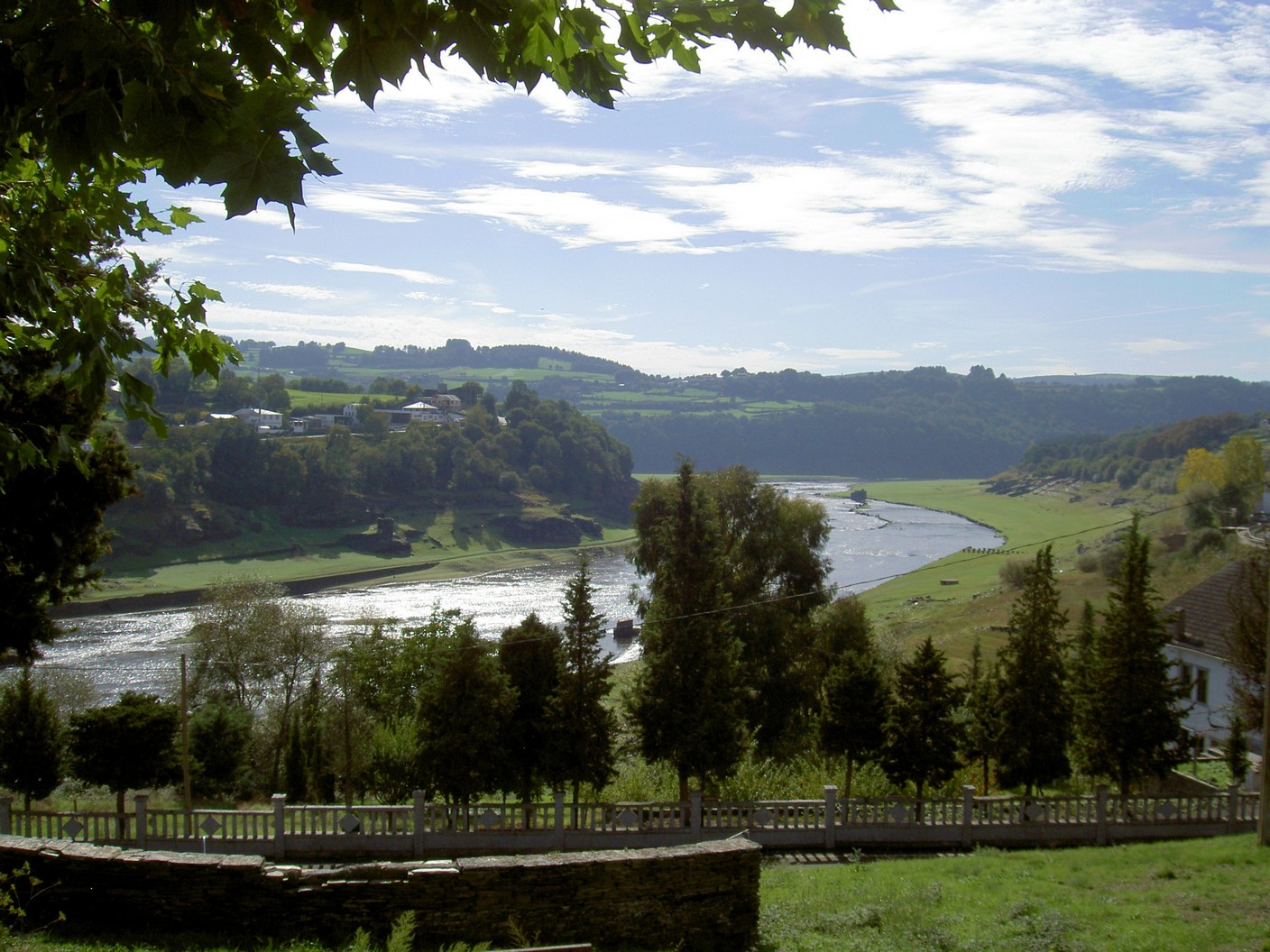
Preparations began in earnest to save its most important landmarks. A new site was chosen, several hundred metres above the existing town. Over the next six years every monument deemed of historic importance was moved, stone-by-stone, to its new location. Relocating Portomarin represents one of the largest architectural salvage operations ever undertaken in Spain.
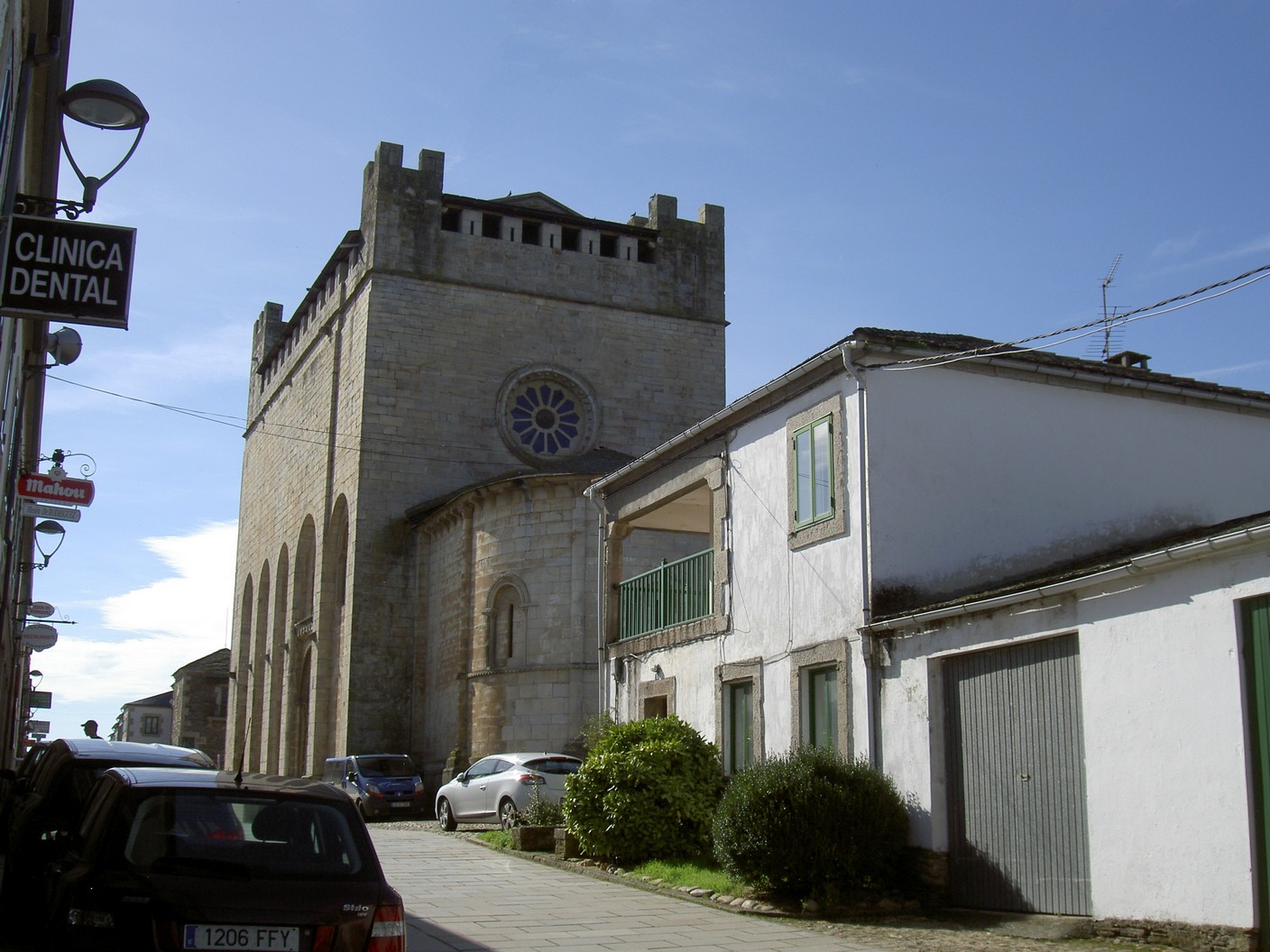
After a long, dry summer, remnants of the old town reappear as water levels recede. The medieval bridge that replaced the earlier Roman crossing can once again be used. Towering above it, the new concrete bridge reminds summer visitors of the weather to come.

Portomarin is the Galician equivalent of Abu Simbel: a town of historic and architectural importance saved from the rising waters of the river Miño by the ingenuity and labours of man.
Copyright © 2014 Craig Briggs
*************************************************************************
Craig and Melanie own and operate a luxury farmhouse rental property called Campo Verde. To find out more about a stay at Campo Verde and Galicia in general, visit their website getaway-galicia
Craig’s book, Journey To A Dream, is available exclusively from Amazon, to purchase your copy click here for your national Amazon store.
Find out more about Craig, and Galicia or look him up on Facebook
 0
Like
Published at 11:02 AM Comments (2)
0
Like
Published at 11:02 AM Comments (2)
Ruta del Vino – An unforgettable experience.
Wednesday, October 15, 2014
Many regions in Spain offer tourists the opportunity to follow a Ruta del Vino but only one will transport you through an extreme environment of jaw-dropping beauty.
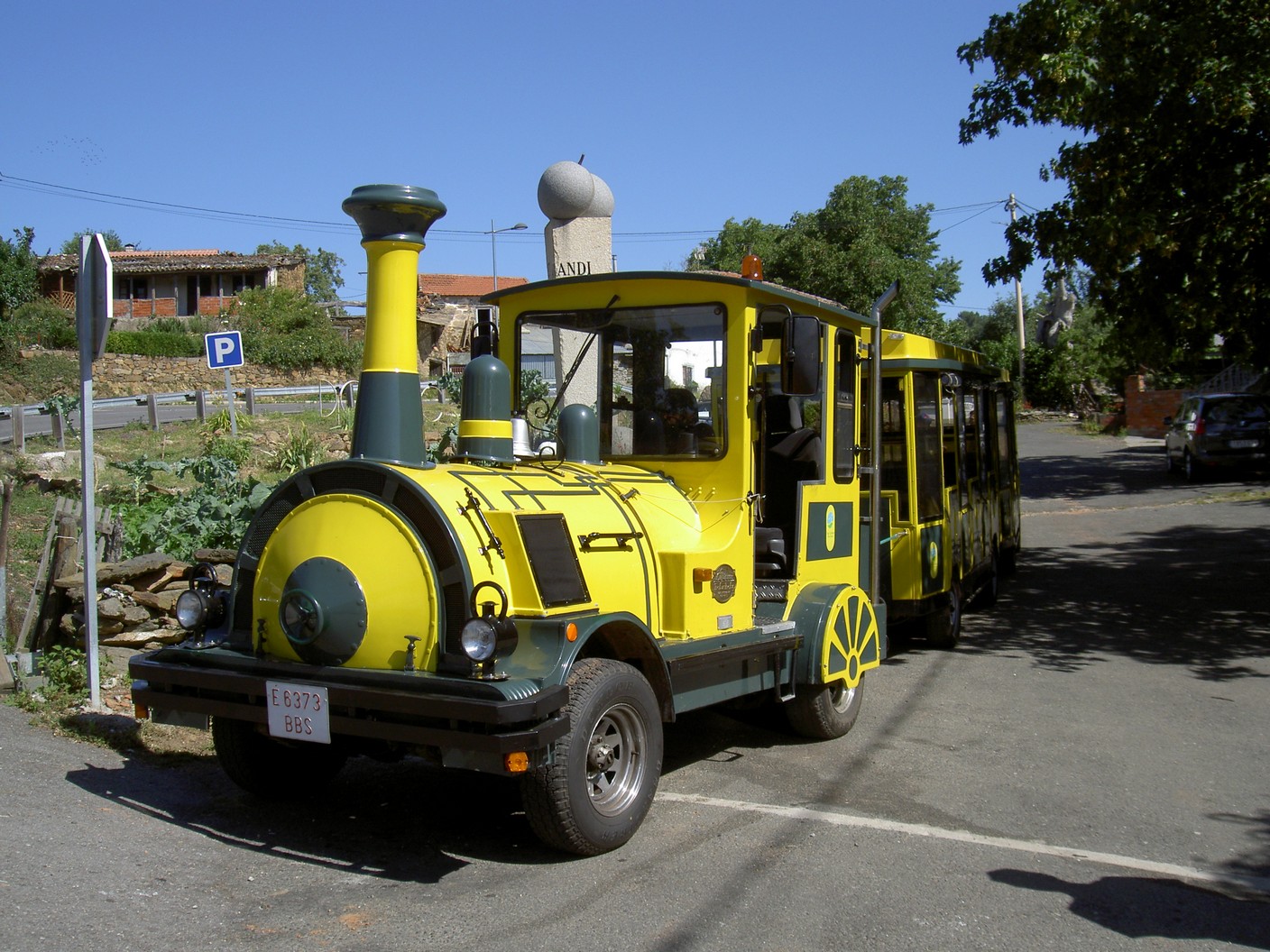
Not all Rutas del Vino, or wine routes, are the same. Some are self-guided tours going from one winery to the next; others provide you with a guide. Some take you through vineyards and others to places of interest; but they all have one thing in common: promoting Spanish wine.
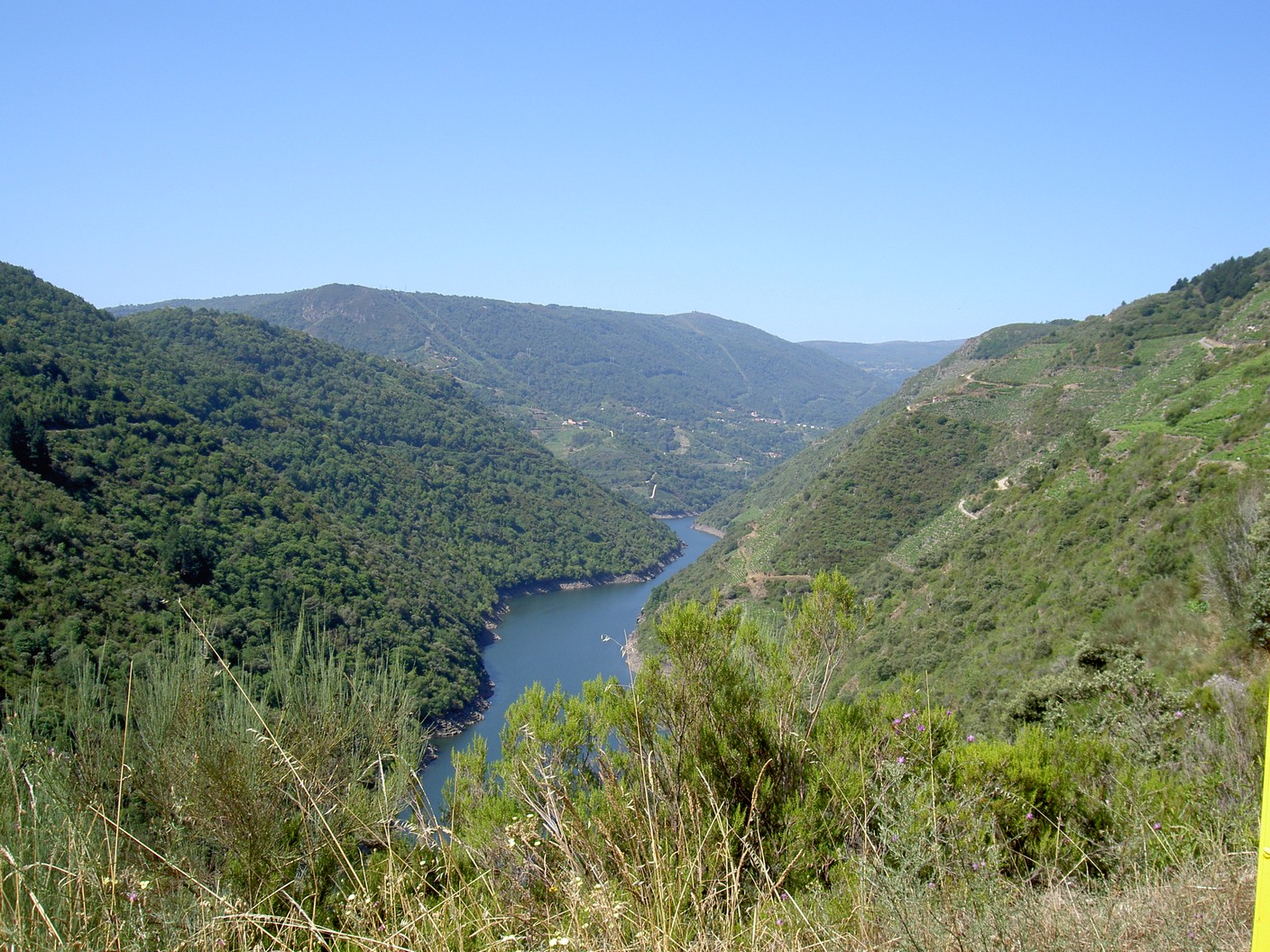
Here in Galicia there are many such routes, one of which you will never forget. The route begins in the tiny village of Doade, high above the canyon of the river Sil in the province of Lugo.
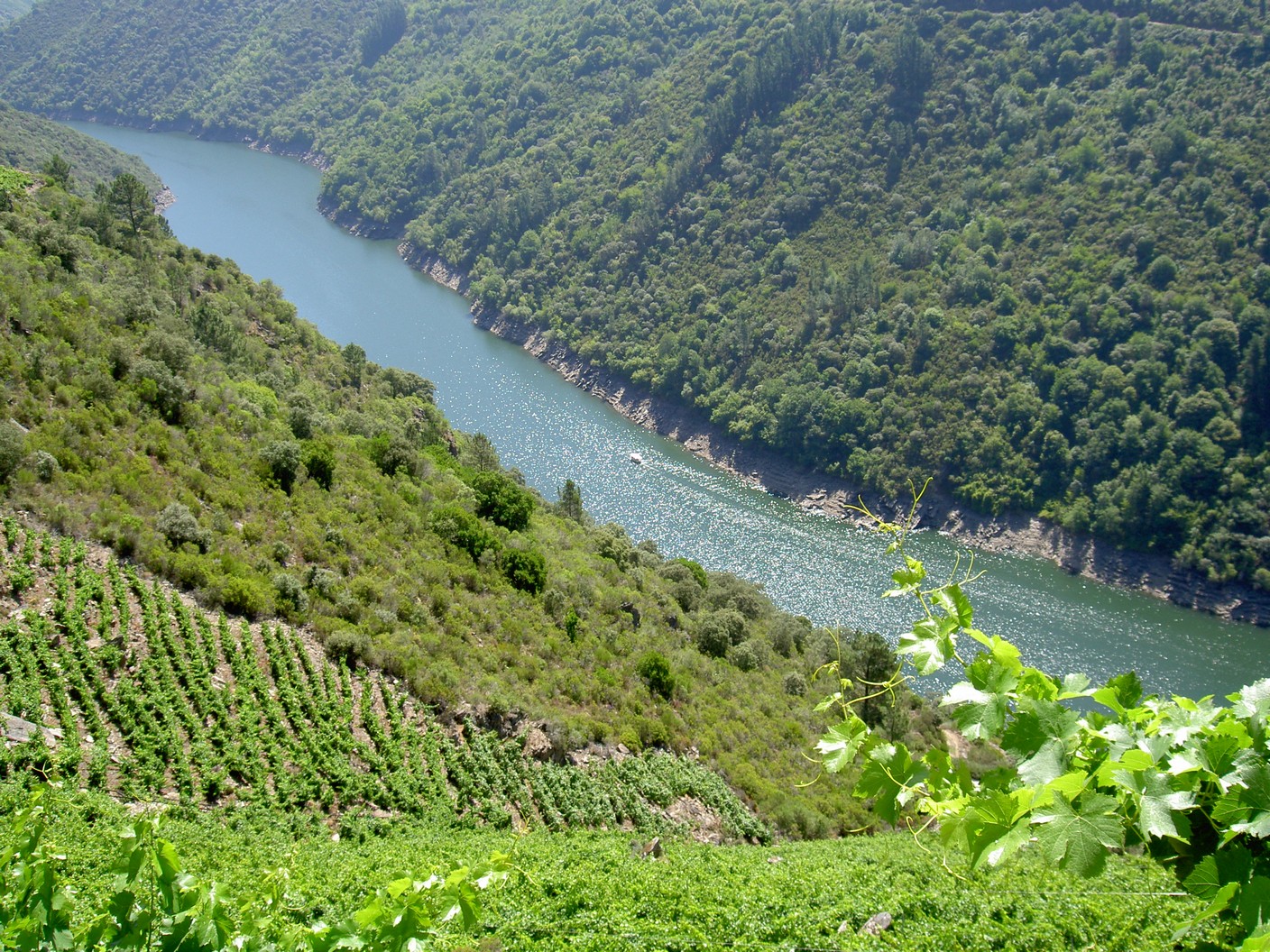
Guests are invited to board the road-going tourist train Aba Sacra. During the summer season it’s advisable to book. Tickets are available online from http://www.abasacra.com and depending on the time of year, cost from 12 to 14 euros for a standard ticket (concessionary tickets are available).
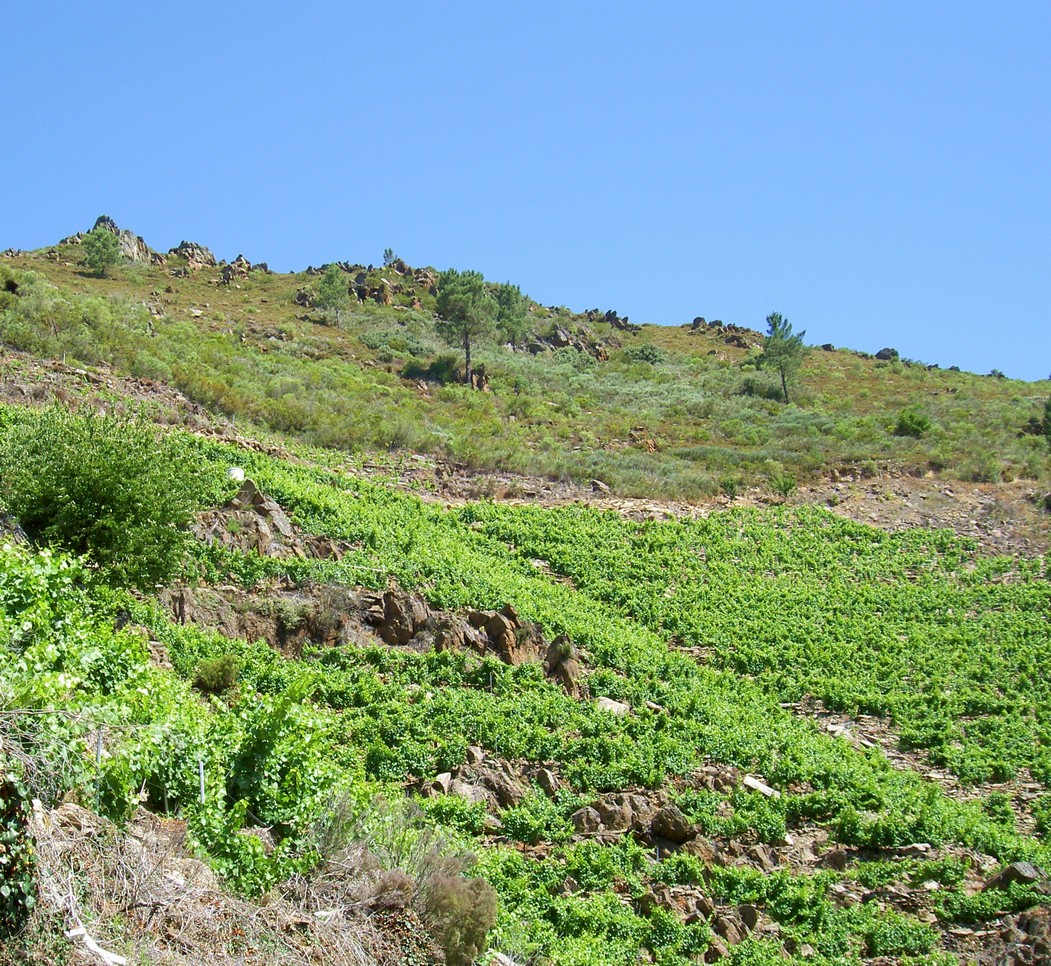
The bright-yellow train looks a little out of place as it departs the village. The road from Doade hugs the contours of the canyon as it descends towards the river. About halfway down it reaches the Soutochao outcrop. The train slows to walking pace before veering sharply to the right. From here, a narrow track falls steeply, twisting and turning as it winds its way through lush vineyards. The train’s carriages clunk together as the driver slowly and skilfully makes his way down the valley.
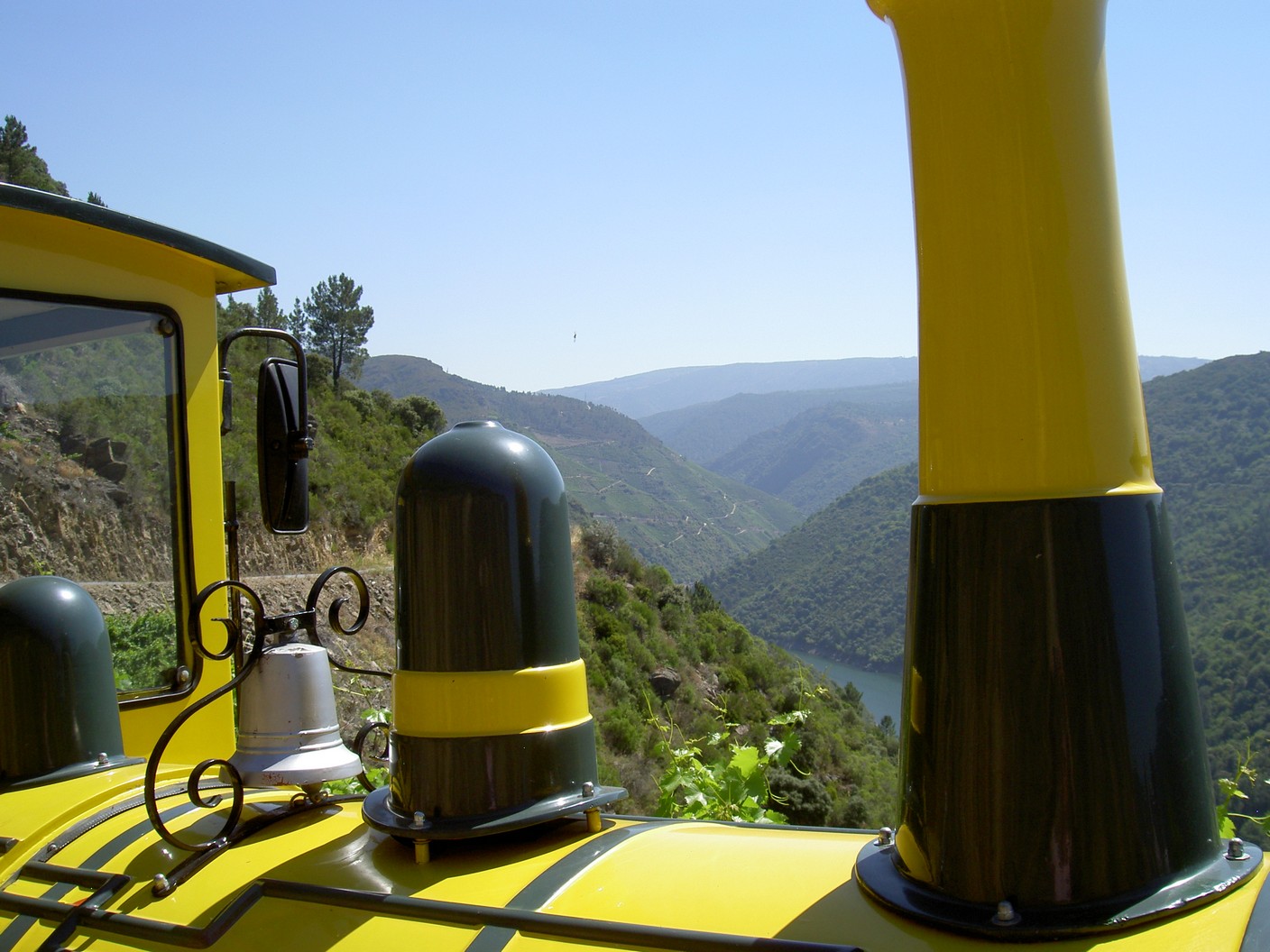
Within a hundred metres the track levels off and the train begins its long and winding ascent along the valley. Every so often the driver brings the train to a halt. Guests are encouraged to wander along the track and wonder at the landscape.
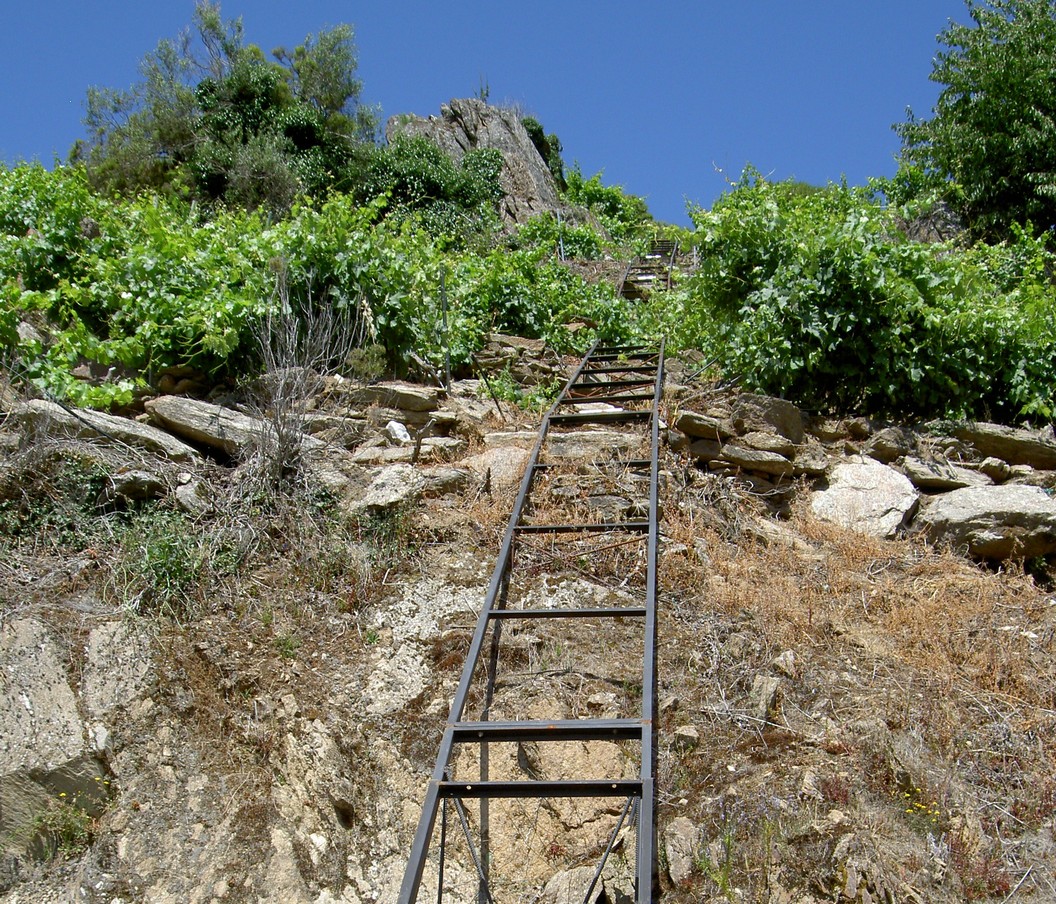
The scenery is spectacular. Hundreds of metres below is the river Sil, gently meandering its way through the canyon. From there, row upon row of grapevines cling to the side of the canyon on narrow terraces or bancadas. Above are more vines, climbing towards the sky like a stairway to heaven.

So inaccessible are these vineyards that until recently all the harvested grapes were carried up and down the canyon by hand. Nowadays, the crates of grapes are lowered or raised on steel tracks: an idea borrowed from the Rhine valley in Germany.
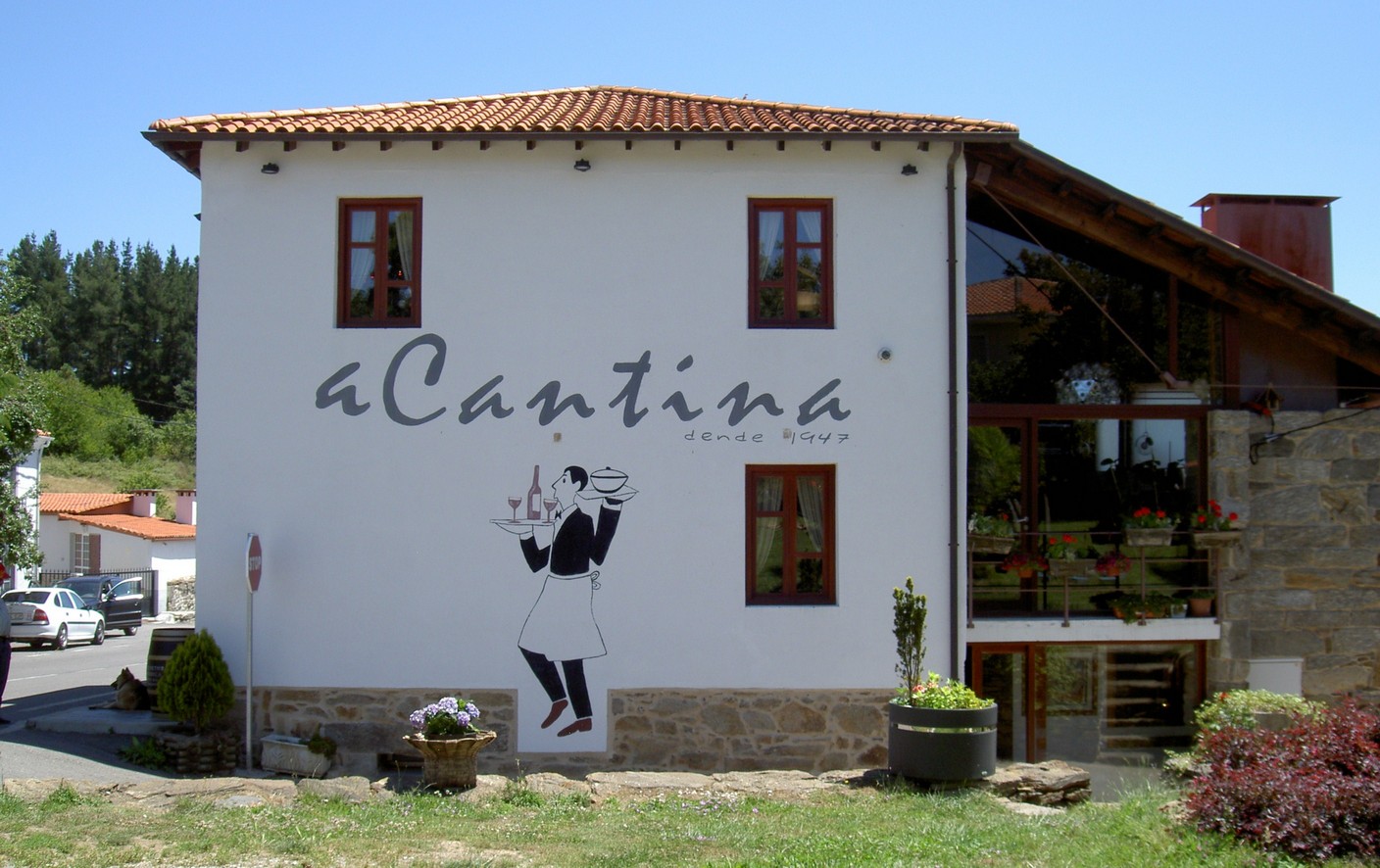
On its return to Doade, the train stops outside the restaurant A Cantina. The driver collects a plate of rosca (bread-like cake) and cheese, before driving to the Regina Viarum winery. After a guided tour, guests are invited to sample the delicious mencia red wine and nibble on rosca and local cheese. The perfect end to an unforgettable Ruta del Vino.
Copyright © 2014 Craig Briggs
*************************************************************************
Craig and Melanie own and operate a luxury farmhouse rental property called Campo Verde. To find out more about a stay at Campo Verde and Galicia in general, visit their website getaway-galicia
Craig’s book, Journey To A Dream, is available exclusively from Amazon, to purchase your copy click here for your national Amazon store.
Find out more about Craig, and Galicia or look him up on Facebook
 0
Like
Published at 10:31 AM Comments (0)
0
Like
Published at 10:31 AM Comments (0)
Digital Exposure II – Summertime in Galicia: a photo blog
Wednesday, October 8, 2014
Have you ever wondered why so many Spaniards choose Galicia to spend their summer vacation? Imagine if you will; long, hot days, comfortably warm evenings, traffic-free highways, and outstanding natural beauty. With autumn just around the corner, it’s time to reflect on another wonderful summer in Galicia. Here are some of my favourite snaps of the summer. Why not leave a comment and tell me which your favourite is.
The carretera nacional 120 is the main arterial road passing through the area. I became so bored waiting for a car to pass, I took the photo anyway.
 1. Stree-free driving along traffic-free highways 1. Stree-free driving along traffic-free highways
A summer stream meanders its way through the Galician countryside.
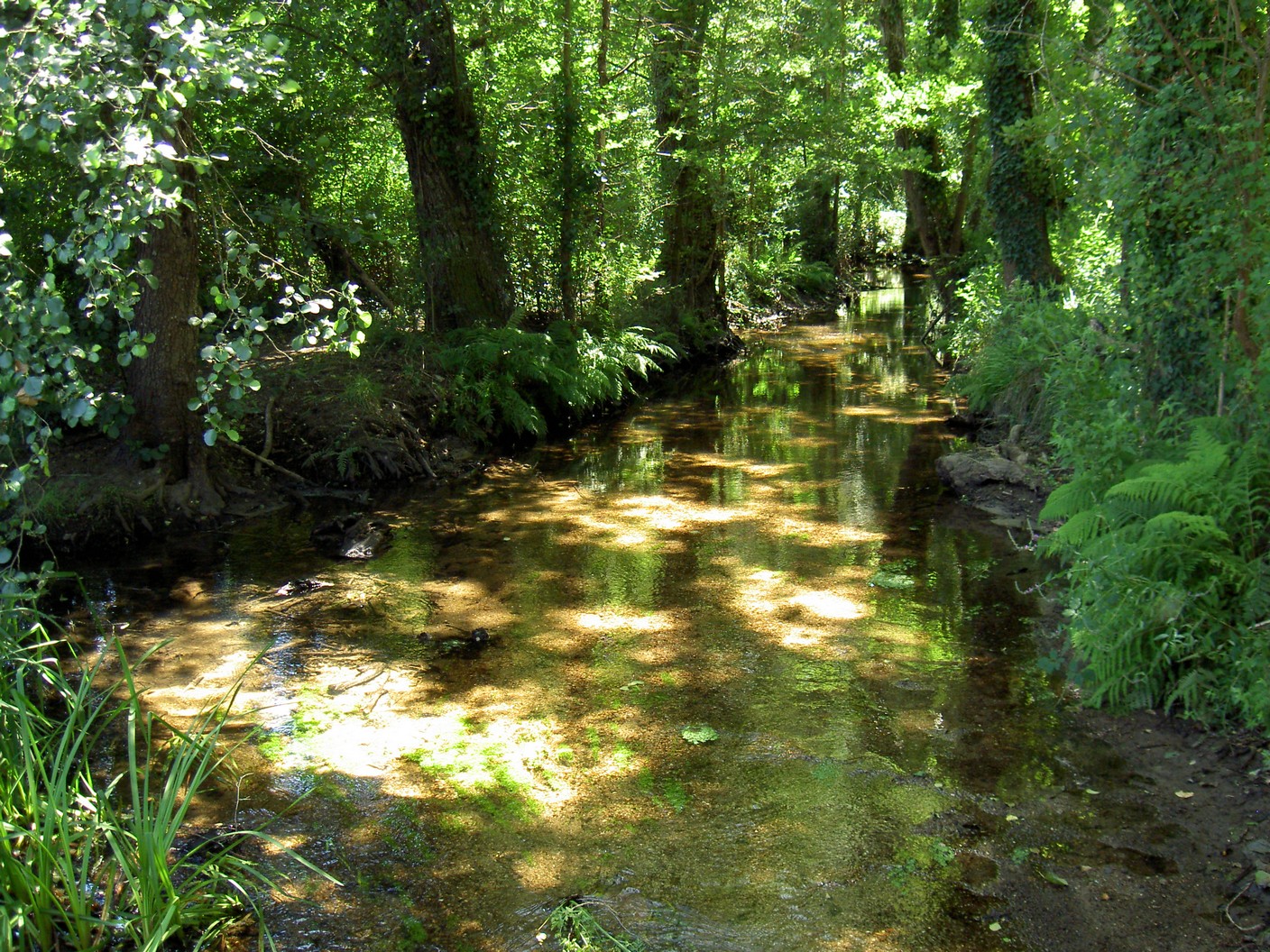 2. Golden reflections 2. Golden reflections
One of the best ways to explore the river Sil is by boat. Our favourite departs from Os Chancis. It’s an intimate experience for up to 10 guests and includes an onboard wine tasting. Floating past vibrant vineyards; sipping the local wine – perfect.
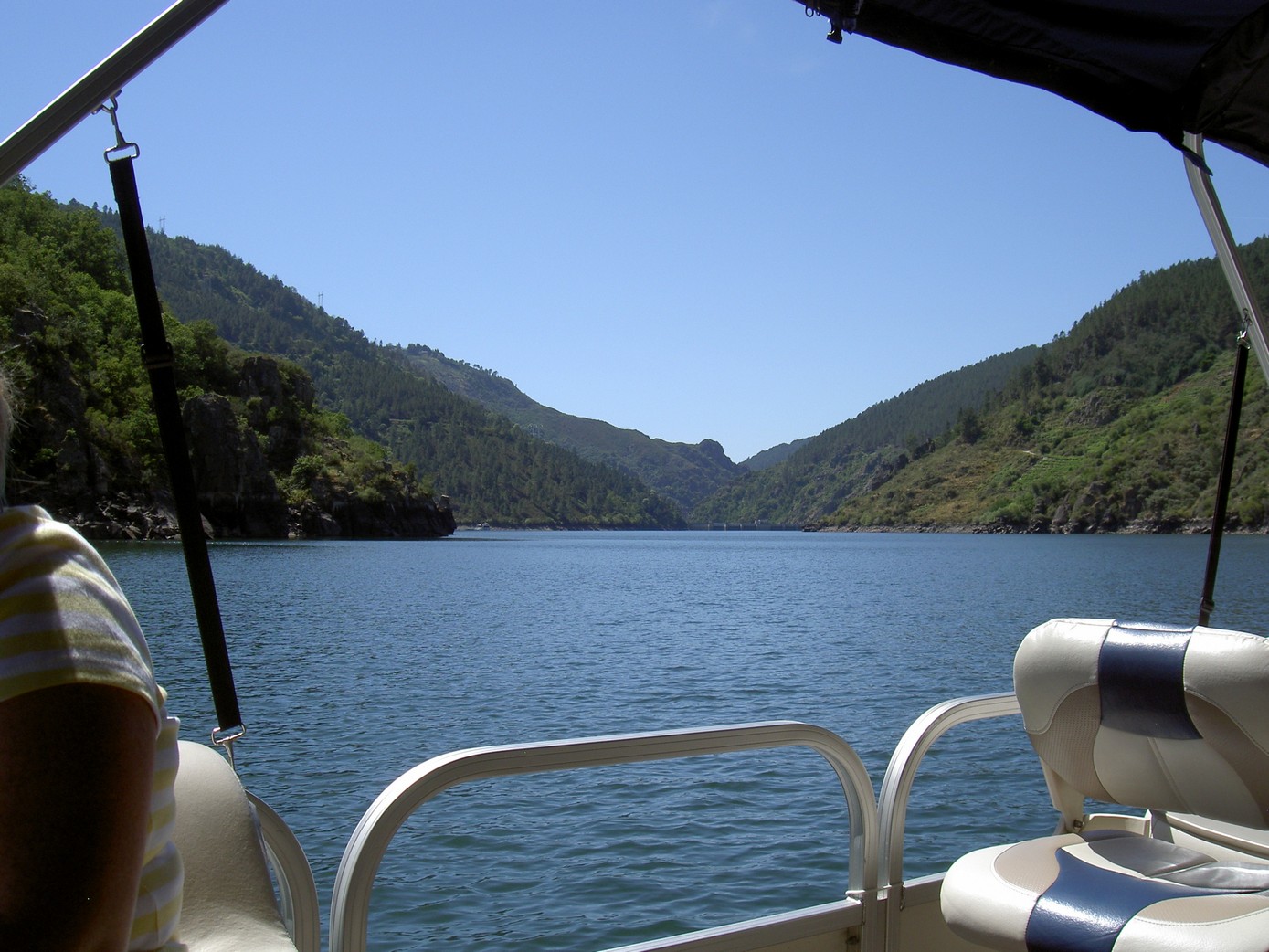 3. River cruising 3. River cruising
Ribadavia is a beautifully preserved medieval town. Wandering through the streets feels like you’ve stepped back in time.
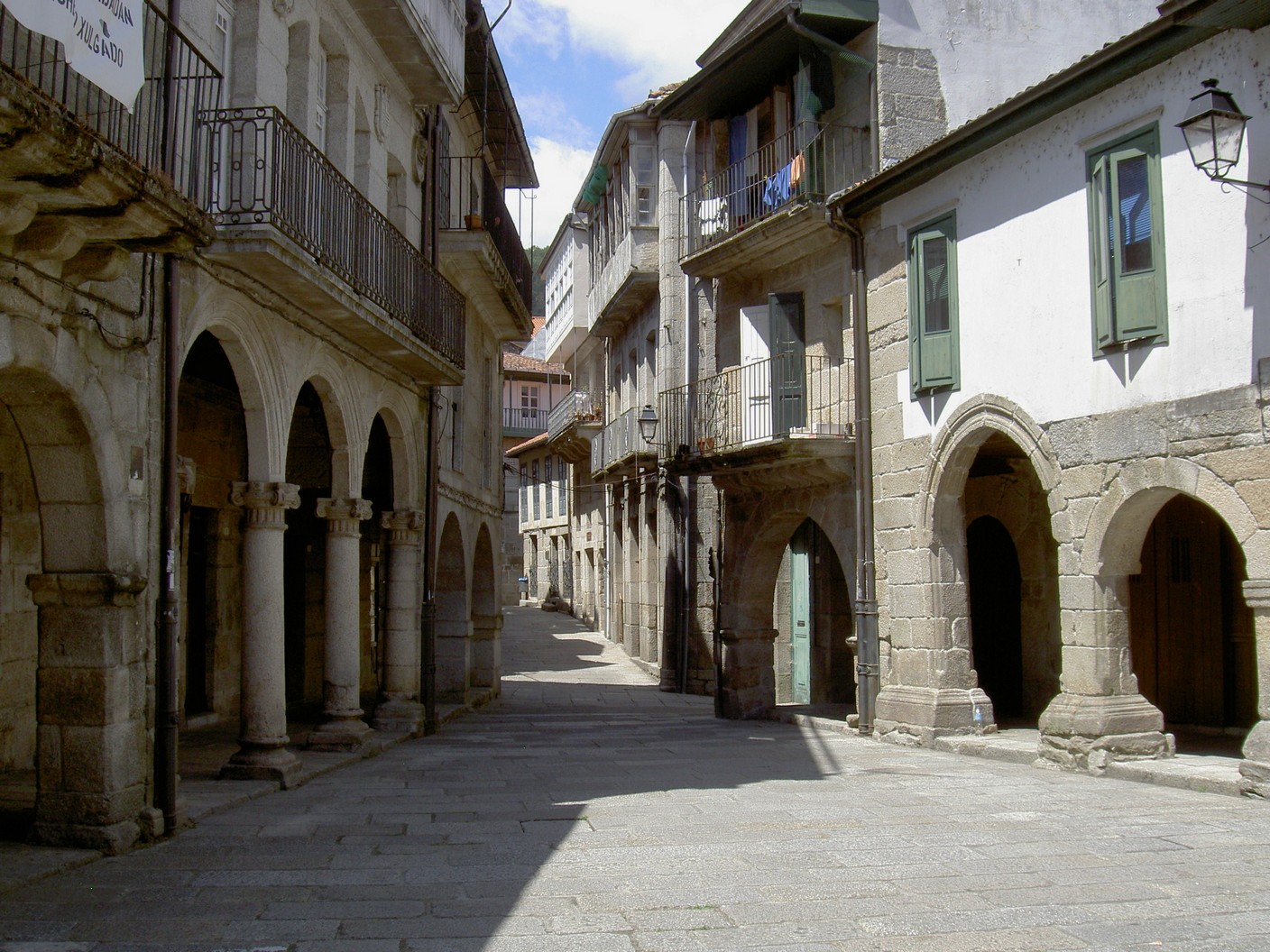 4. Strolling through the passageways of time 4. Strolling through the passageways of time
An ideal location to catch up on the local gossip.
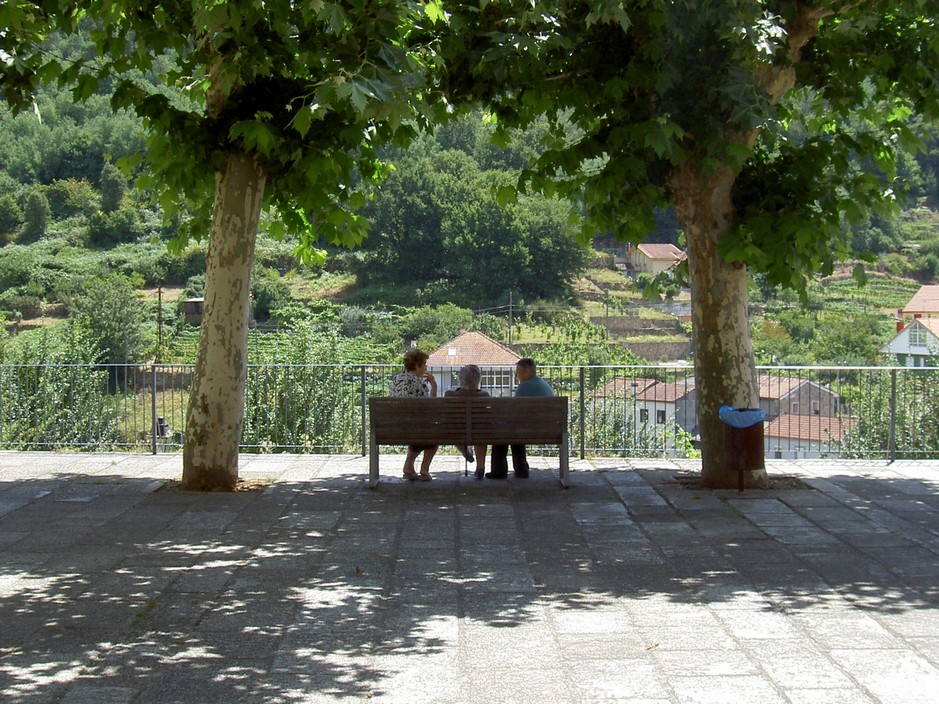 5. The daily news 5. The daily news
The changing shades of the river Sil as the sun descends in the western sky.
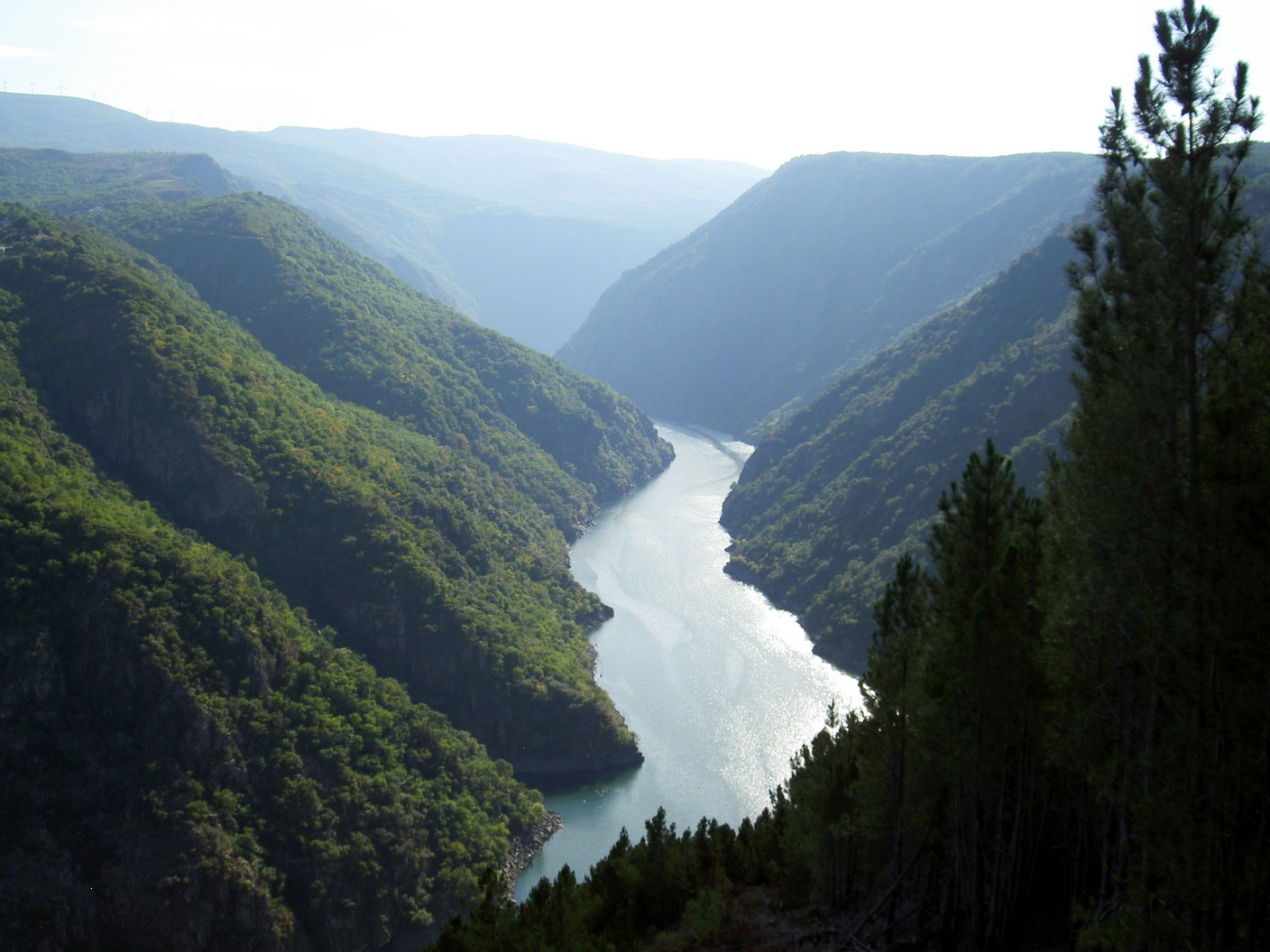 6. Fade to grey 6. Fade to grey
Nine lives and forty winks: a day in the life of a Galician street cat.
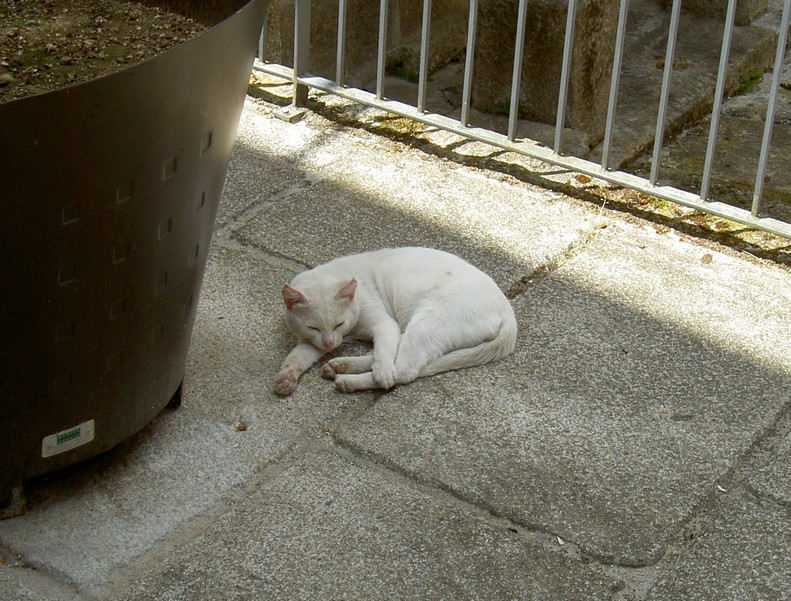 7. Taking a catnap 7. Taking a catnap
One of my favourite cycling routes takes me along this shady lane.
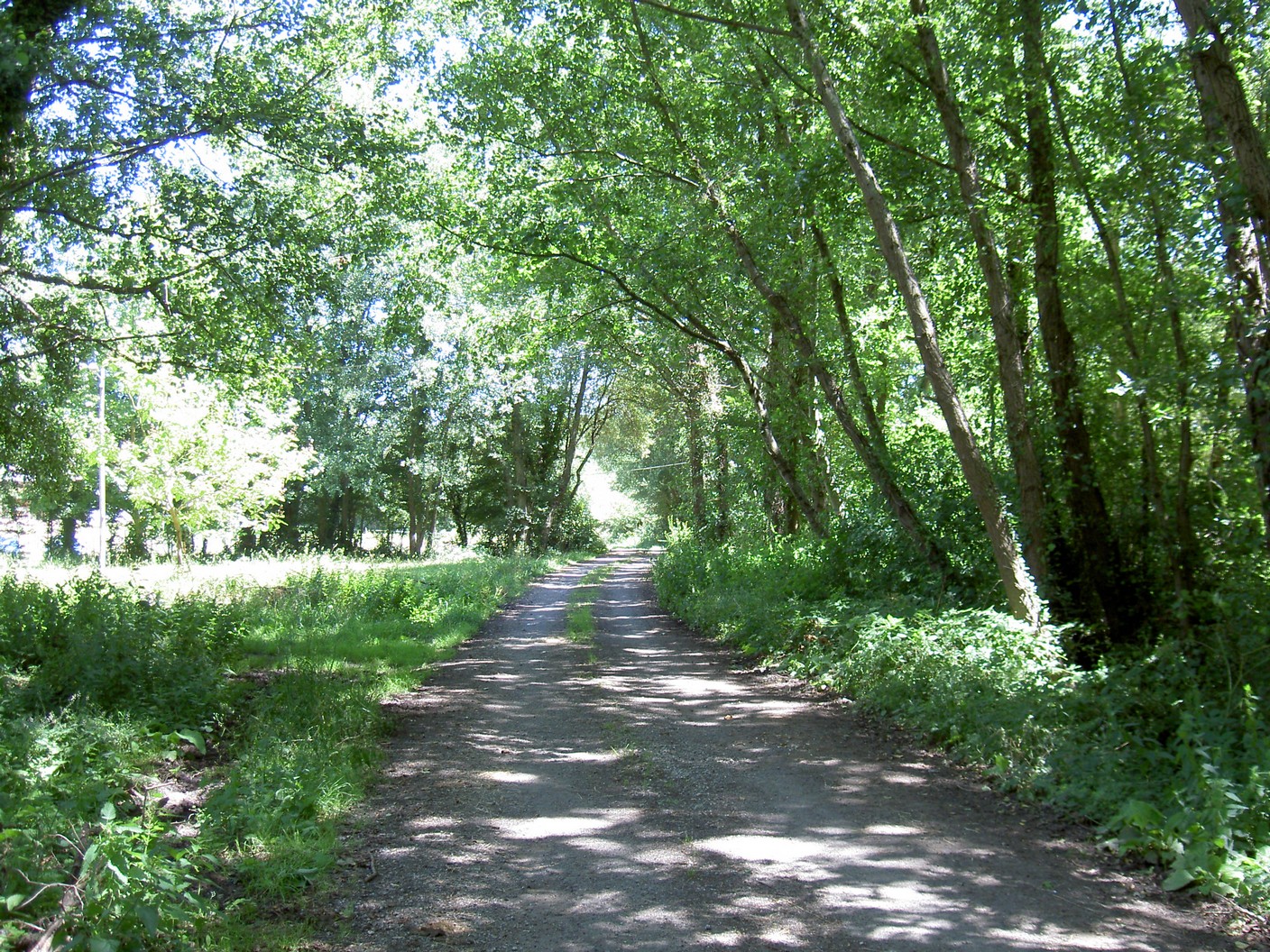 8. Lighting the way 8. Lighting the way
Patchy cloud provides the ideal conditions for exploring the picturesque town of Ribadavia in the province of Ourense.
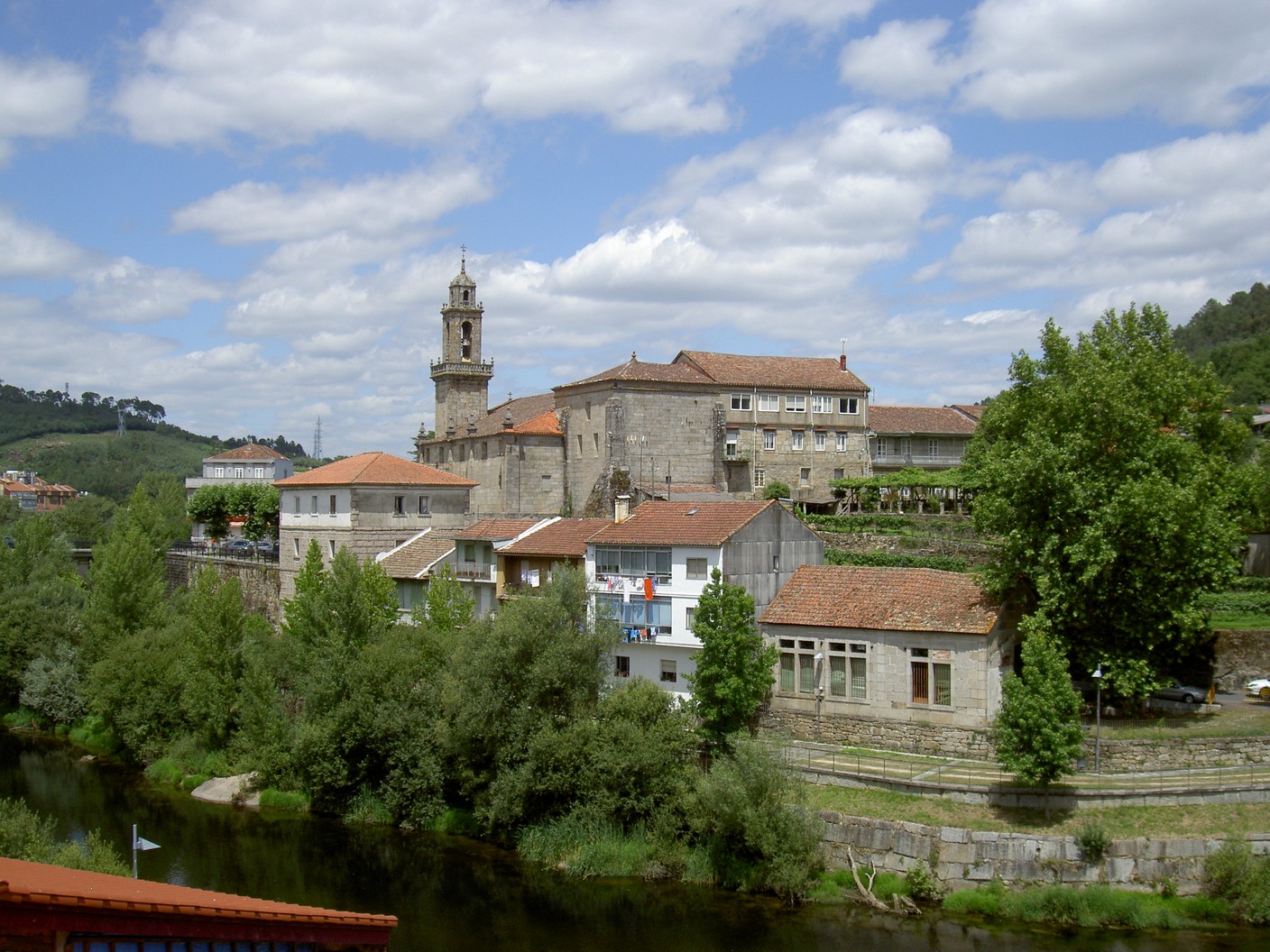 9. Clouding the issue 9. Clouding the issue
The vineyards of the Zona de Amandi in the Ribeira Sacra rise hundreds of metres from the banks of the river. This valley is one of the most difficult places on earth to harvest grapes.
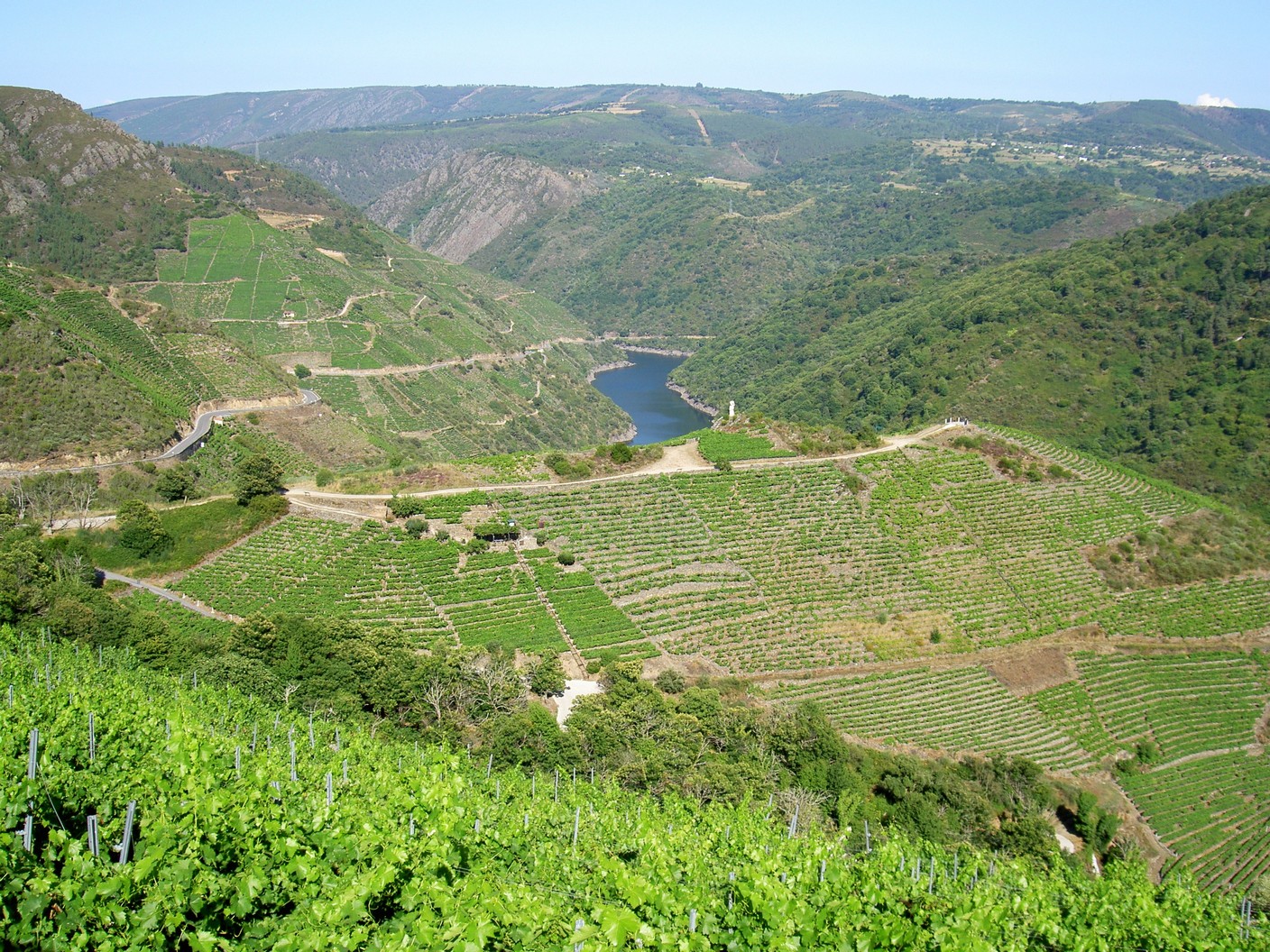 10. Sun bathing 10. Sun bathing
For over 12 years we’ve driven through the town of Rodeiro on our way to and from the airport without giving it a second glance. When we finally decided to stop and take a look around, we stumbled across this charming town hall.
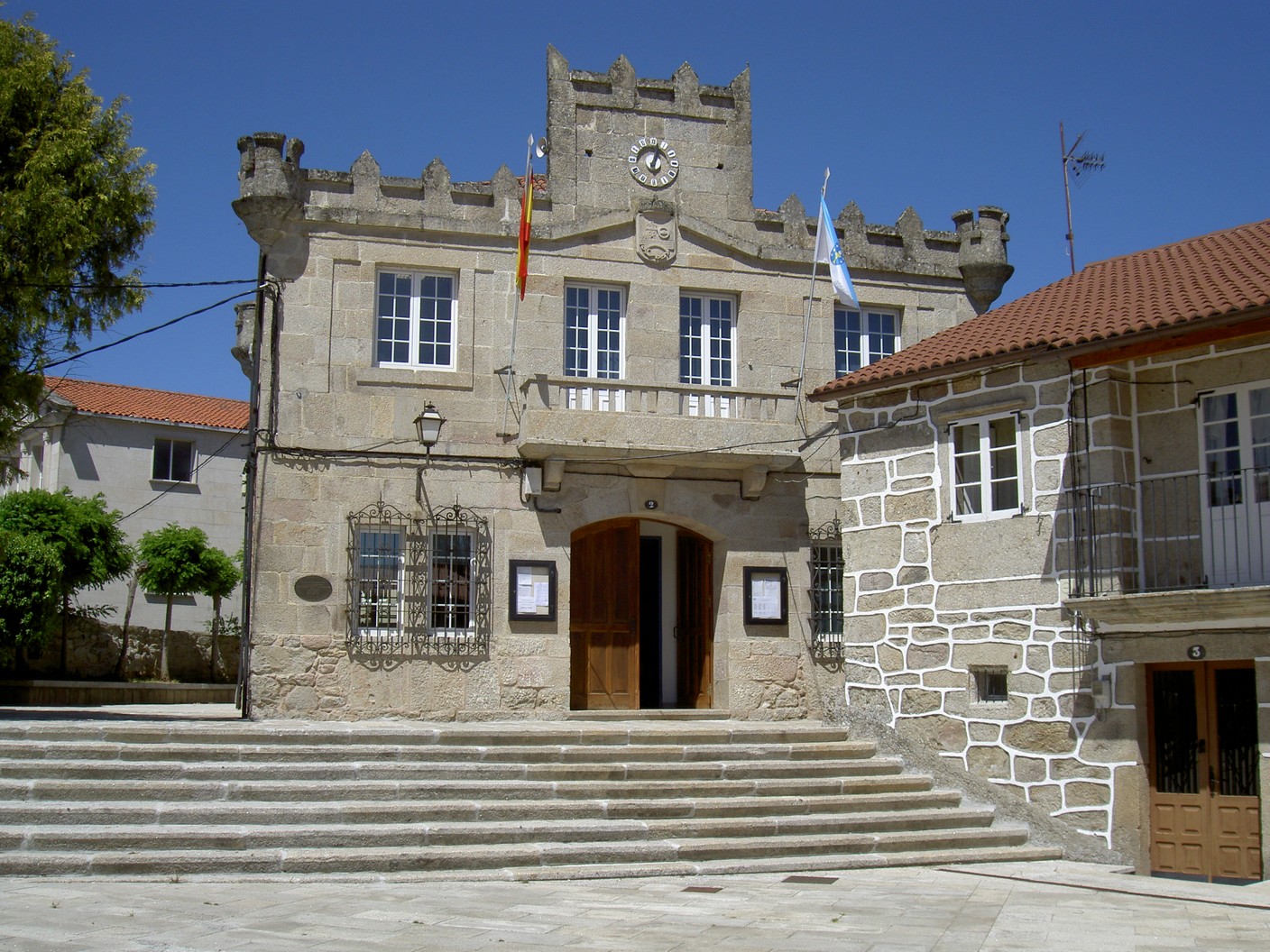 11. Rodeiro town hall 11. Rodeiro town hall
From Roman legions to French Legionaries, this idyllic landscape hides a dark history.
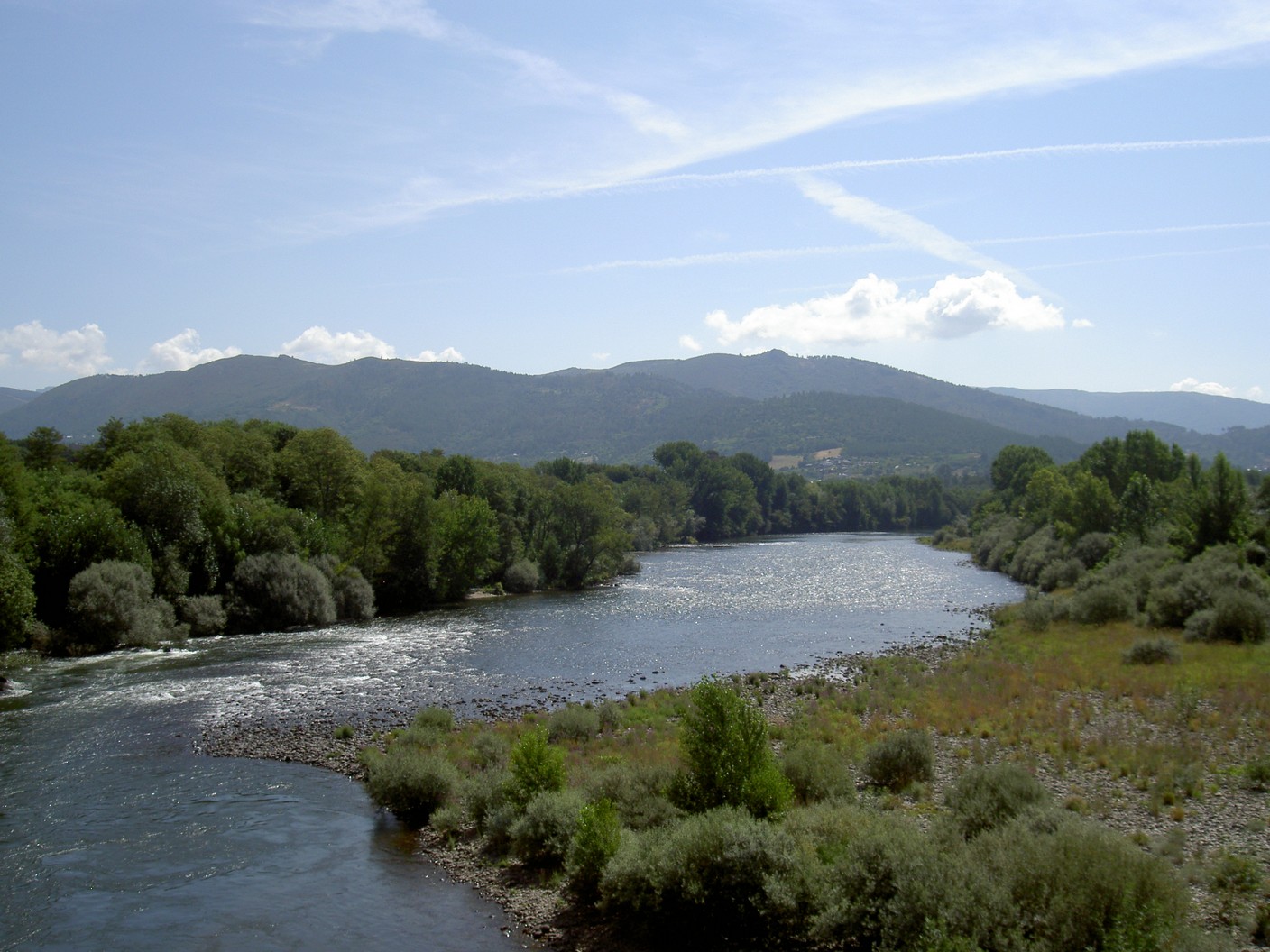 12. River diamonds 12. River diamonds
A typical Galician landscape: grapes ripen under the watchful eye of the Almighty.
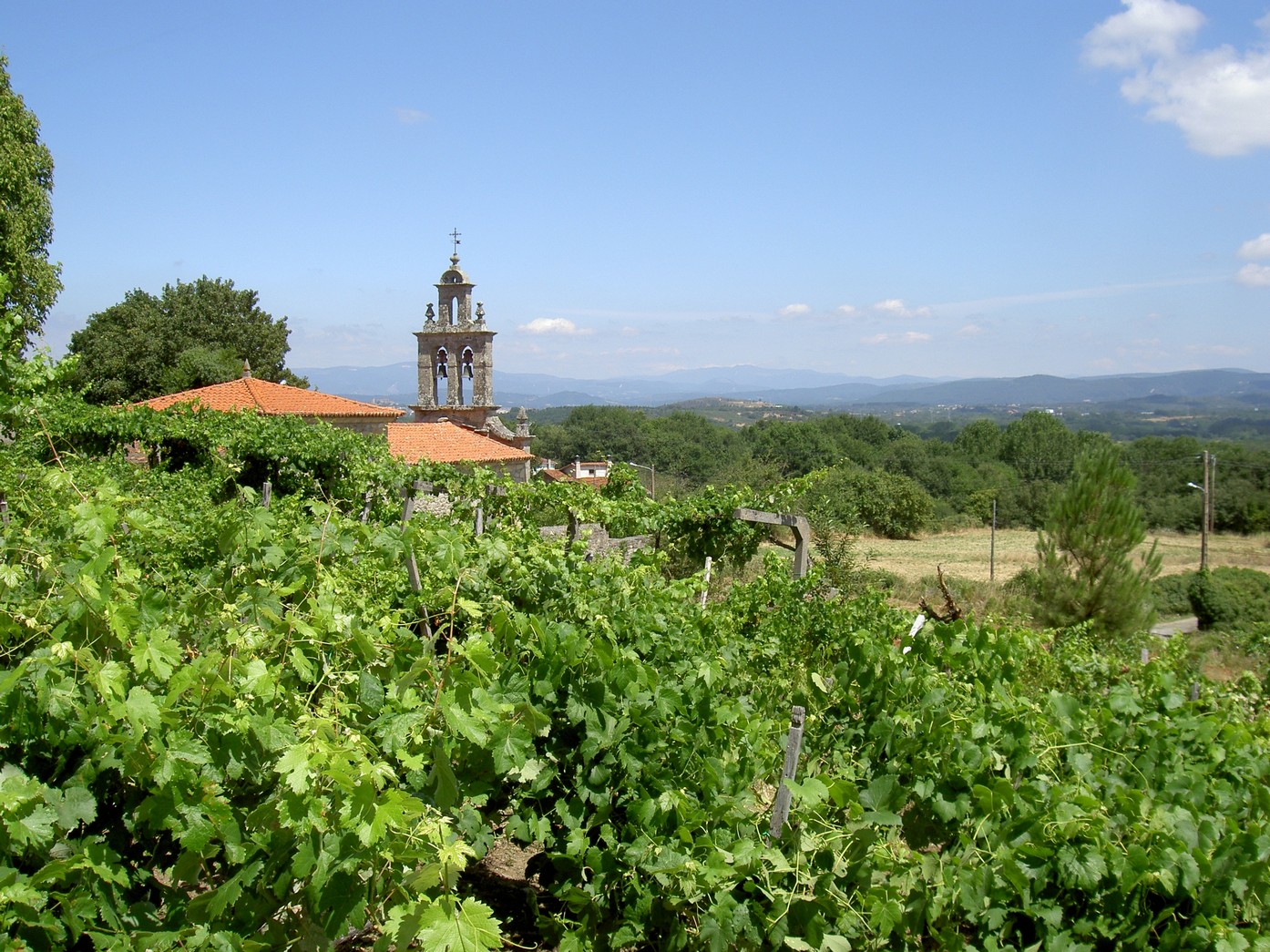 13. Essence of summer 13. Essence of summer
Evening vapour trails change from white to orange as the sun sets on another perfect day.
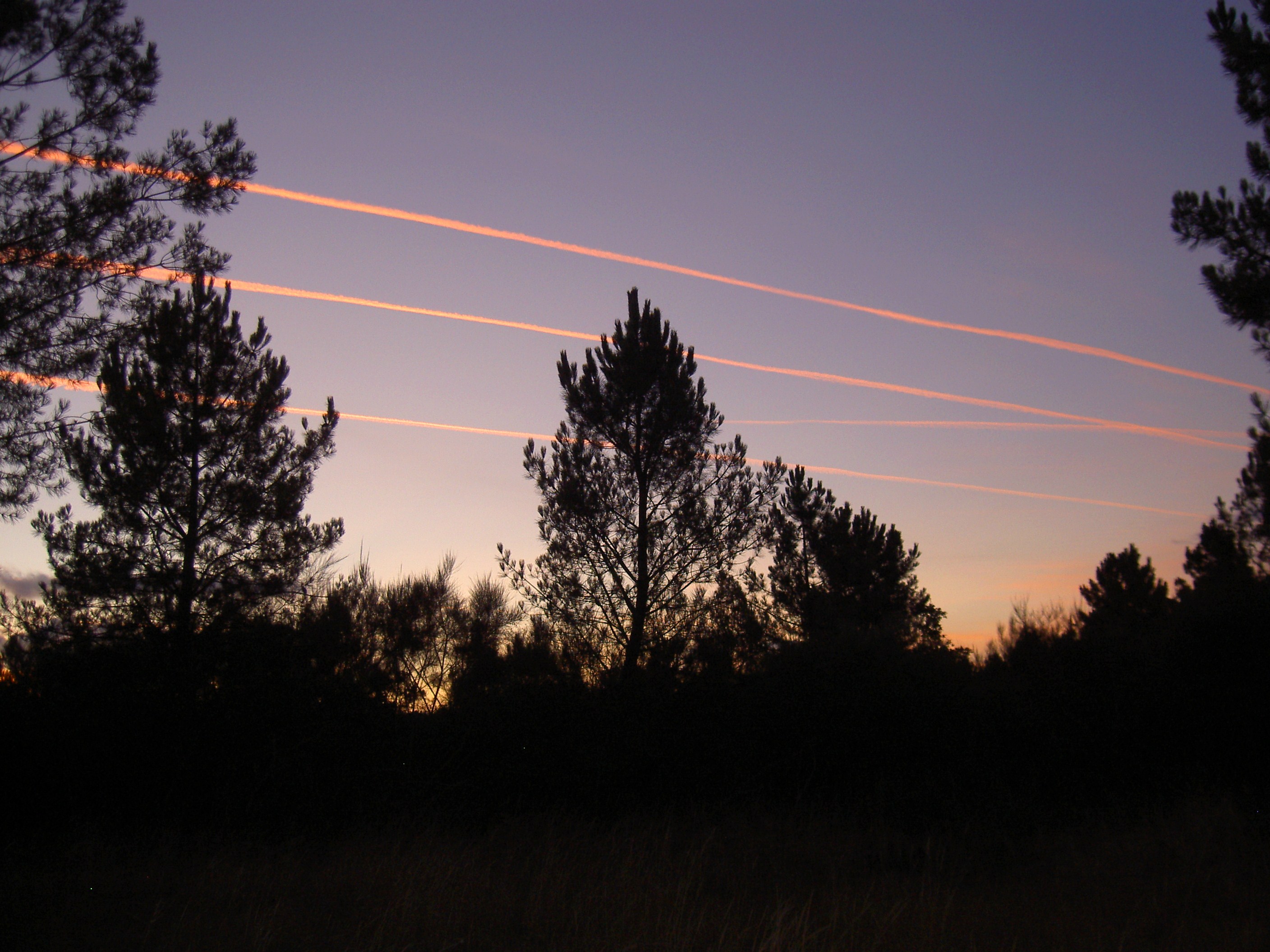 14. The journey home 14. The journey home
In the spring of 1809, the bridge at Petin was the scene of a bloody battle between Napoleonic troops and the women of the village. Today the area is a little more peaceful.
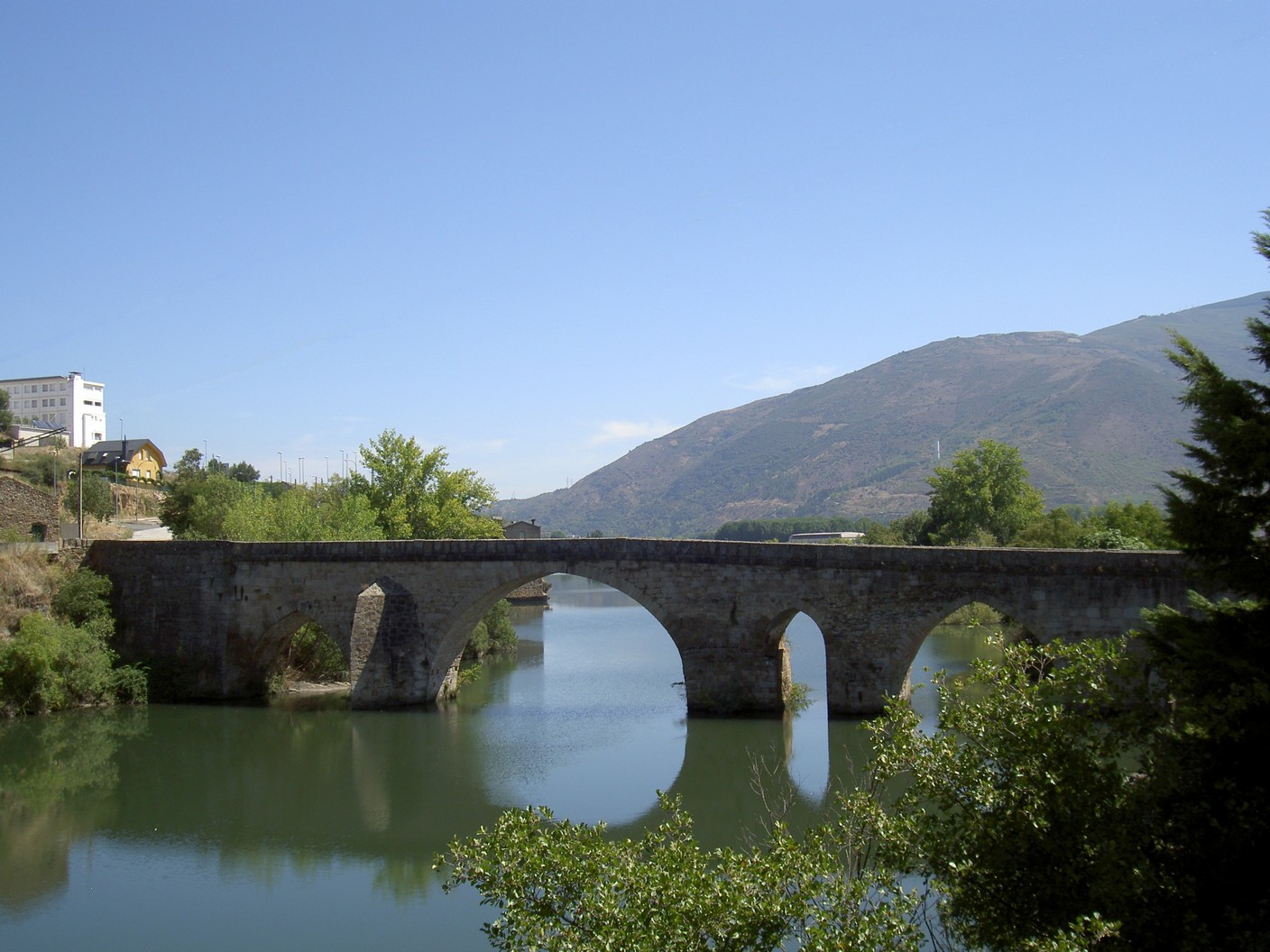 15. Time span 15. Time span
A Cremello horse is nothing if not distinctive. This stunning example was the star of the Escairon horse fiesta.
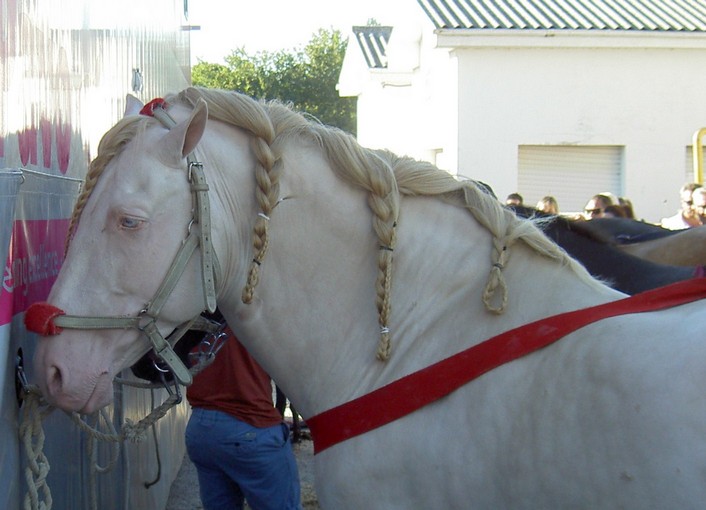 16. Ride a white horse 16. Ride a white horse
The castle in the town of Castro Caldelas commands outstanding views over the surrounding area.
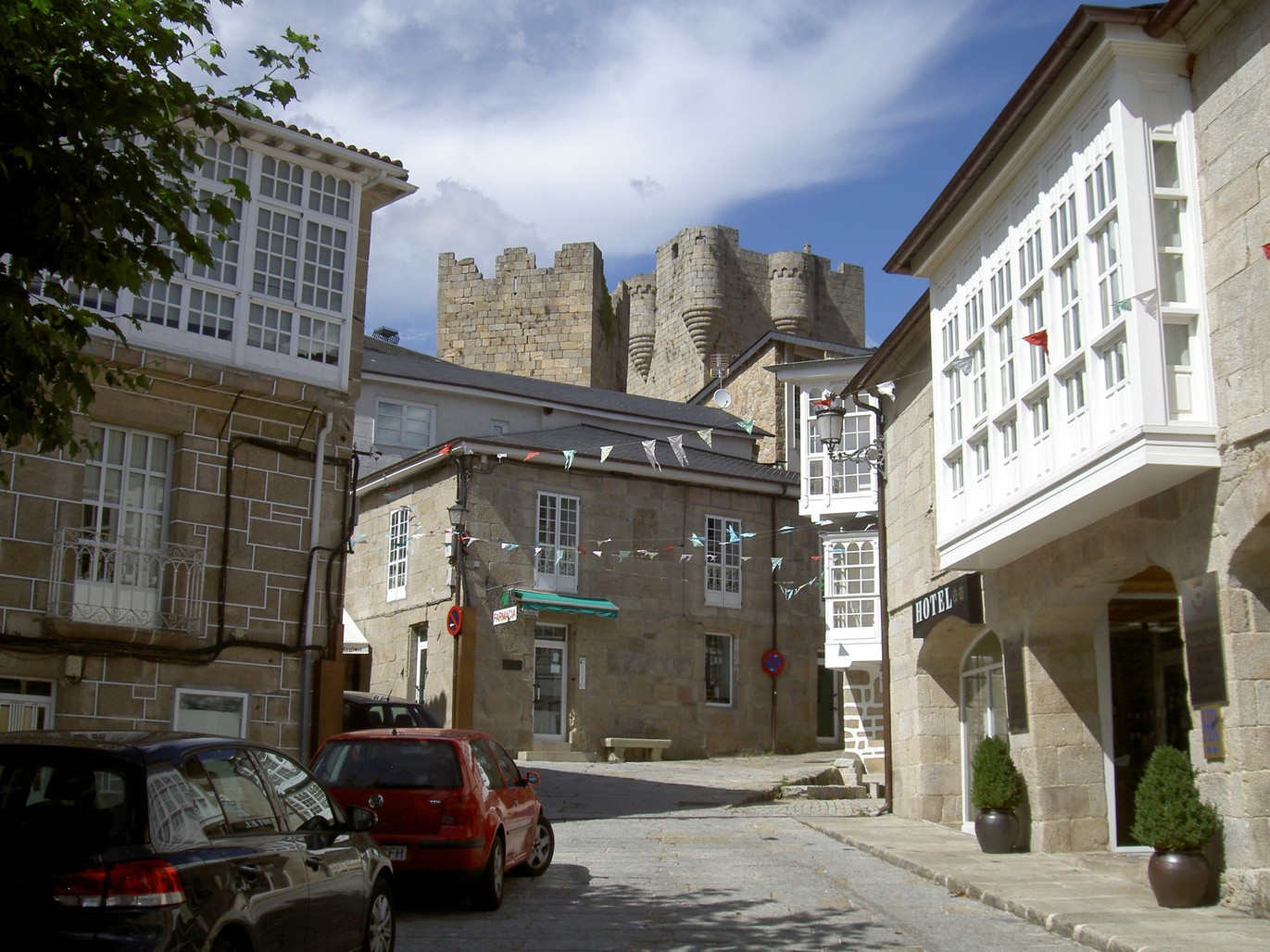 17. Keep sake 17. Keep sake
One of my favourite views of the Ribeira Sacra: the viewing point at Os Chancis. The distant mountains rise over 1000 metres from the river and provide the perfect natural platform from which to generate clean, renewable energy.
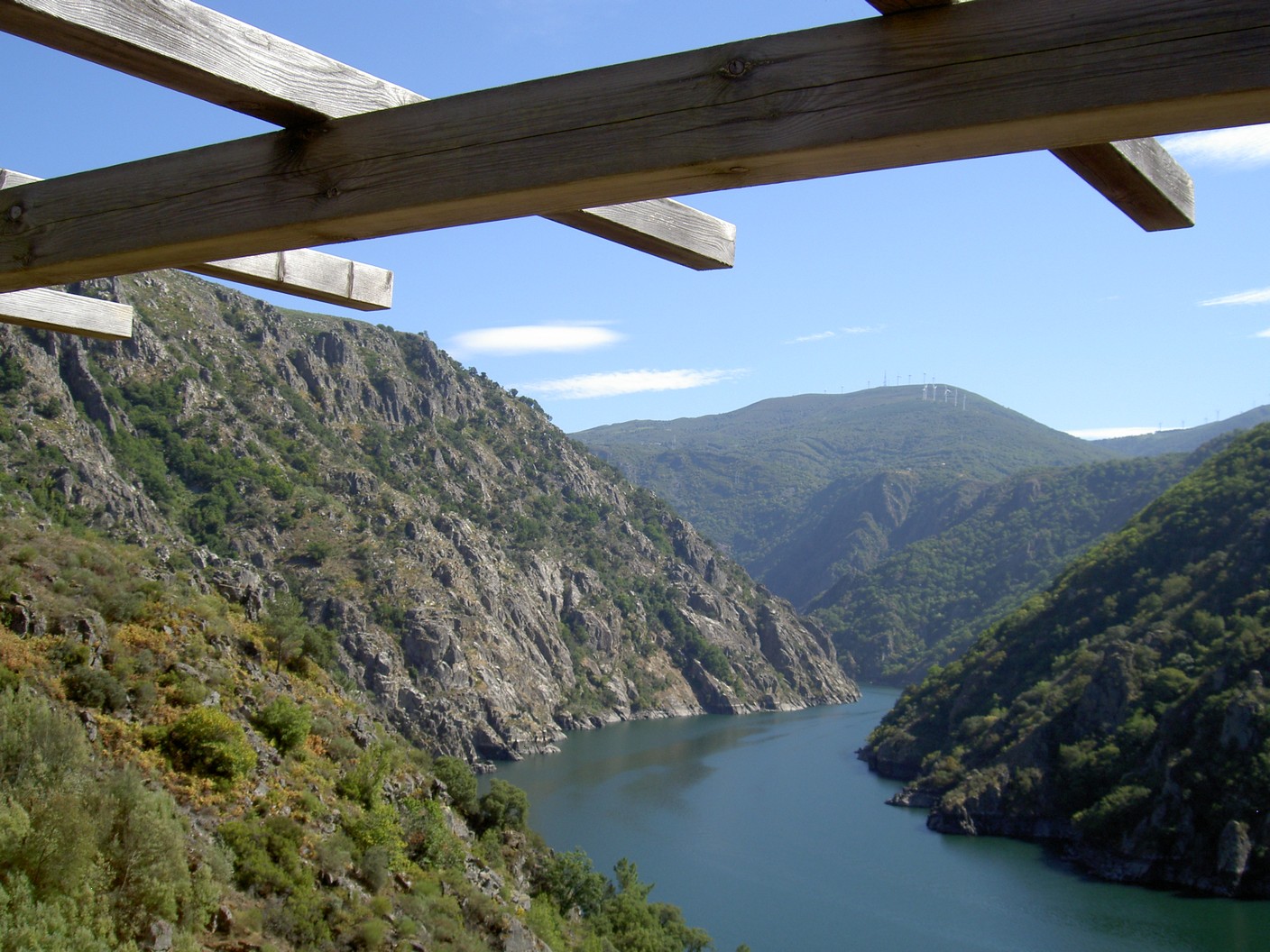 18. Calm and composed 18. Calm and composed
If you missed springtime in Galicia, tick here.
Copyright © 2014 Craig Briggs
*************************************************************************
Craig and Melanie own and operate a luxury farmhouse rental property called Campo Verde. To find out more about a stay at Campo Verde and Galicia in general, visit their website getaway-galicia
Craig’s book, Journey To A Dream, is available exclusively from Amazon, to purchase your copy click here for your national Amazon store.
Find out more about Craig, and Galicia or look him up on Facebook
 1
Like
Published at 11:13 AM Comments (3)
1
Like
Published at 11:13 AM Comments (3)
Fallen Giants and Troglodytes
Wednesday, October 1, 2014
Hidden deep within the Galician countryside is one of the oldest Christian monasteries in Spain, San Pedro de Rocas (St. Peter of the Rocks). Its foundation stone credits seven men with its construction in the year 573 AD.
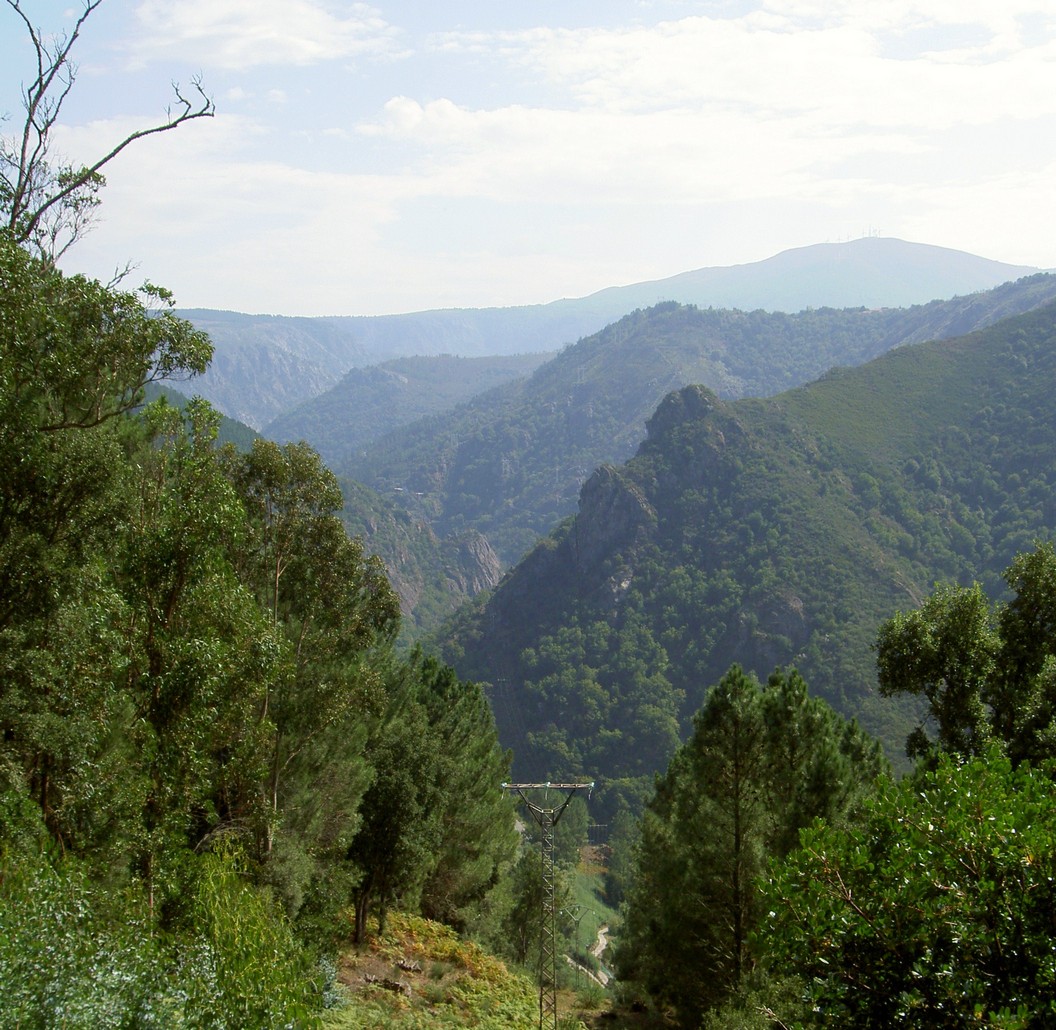
The drive to this ancient monument took us across the river Sil. Narrow country lanes meandered through pine forests and pastures. Halfway down the Sil valley we passed through the abandoned village of A Chaira before crossing the river. The steep ascent affords amazing views over the Encoro de Santo Estevo (reservoir).
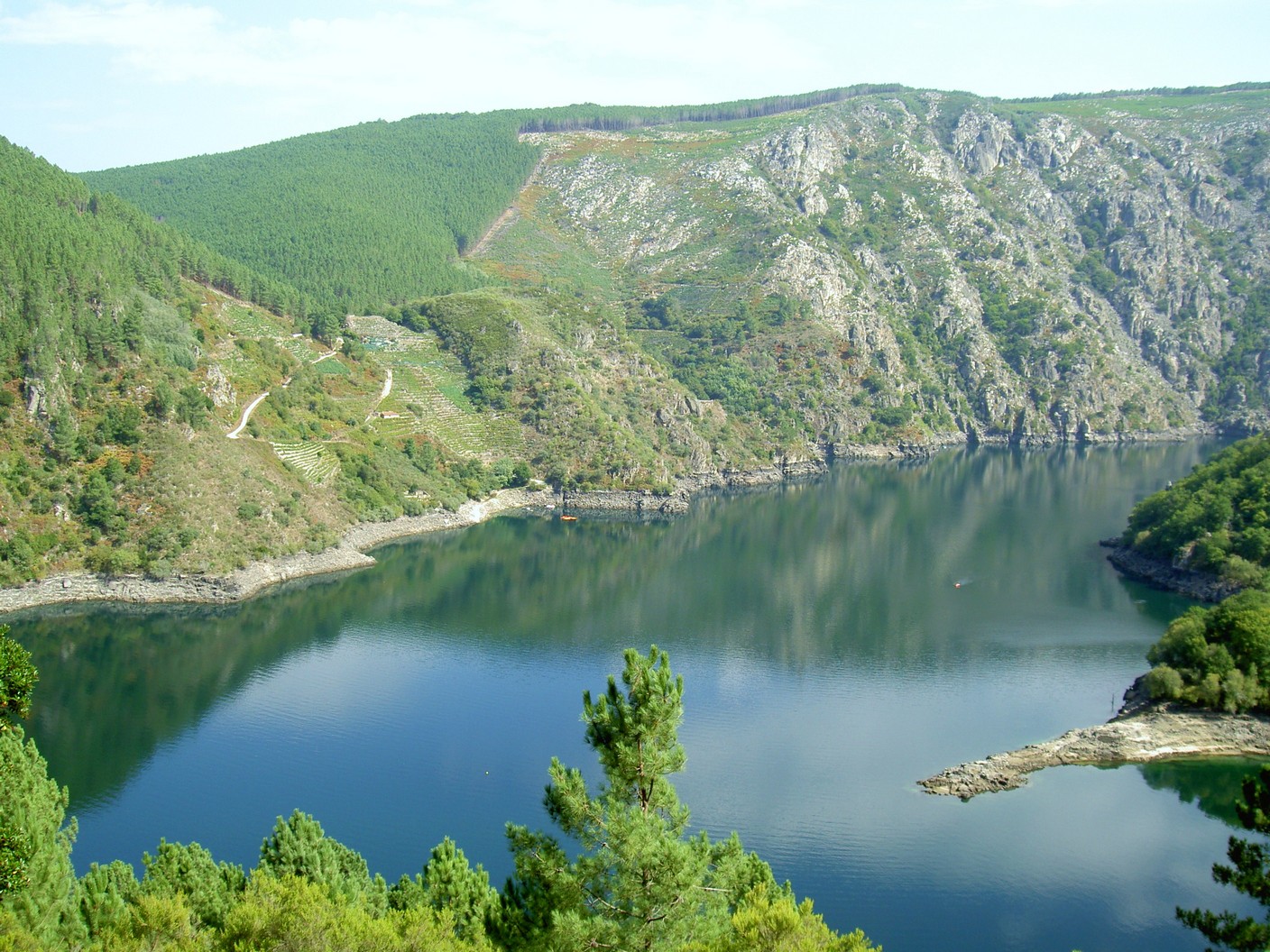
Just outside the town of Luintra we stumbled across a sign which read ‘Necrópole megalítica de Mámoas do Moura’ (Neolithic cemetery). Curiosity aroused, we turned off the main road and followed the sign. Within a few hundred metres, we found ourselves on a high plateau surrounded by ancient stone monuments. The landscape was littered with Neolithic megaliths.

Today these prehistoric artefacts are referred to as dolmen. On this site, they date from 4,500 BC to 2,000 BC. To put this into context, Stonehenge was built between 3,100 and 2,500 BC. The original structures consisted of two or more upright stones supporting a roof or capstone; covered with a mound of earth. Hence their local name: mamoa is Galician for breast.

Archaeologists are unsure of their exact purpose but believe they were burial chambers. For the smaller, older dolmen this seems a reasonable assumption; but surveying this vast landscape of fallen giants, I find it difficult to believe that these huge structures were built solely to house the dead. Some of the capstones are more than five metres in diameter while others have perfect circles chiselled into the solid granite.

Whatever their purpose, this site held great significance for the ancient inhabitants of this land. At 750 metres above sea level (2,500 feet), the views over the surrounding countryside are breathtaking. If you ever wanted to feel close to your God, this would be the place to come.
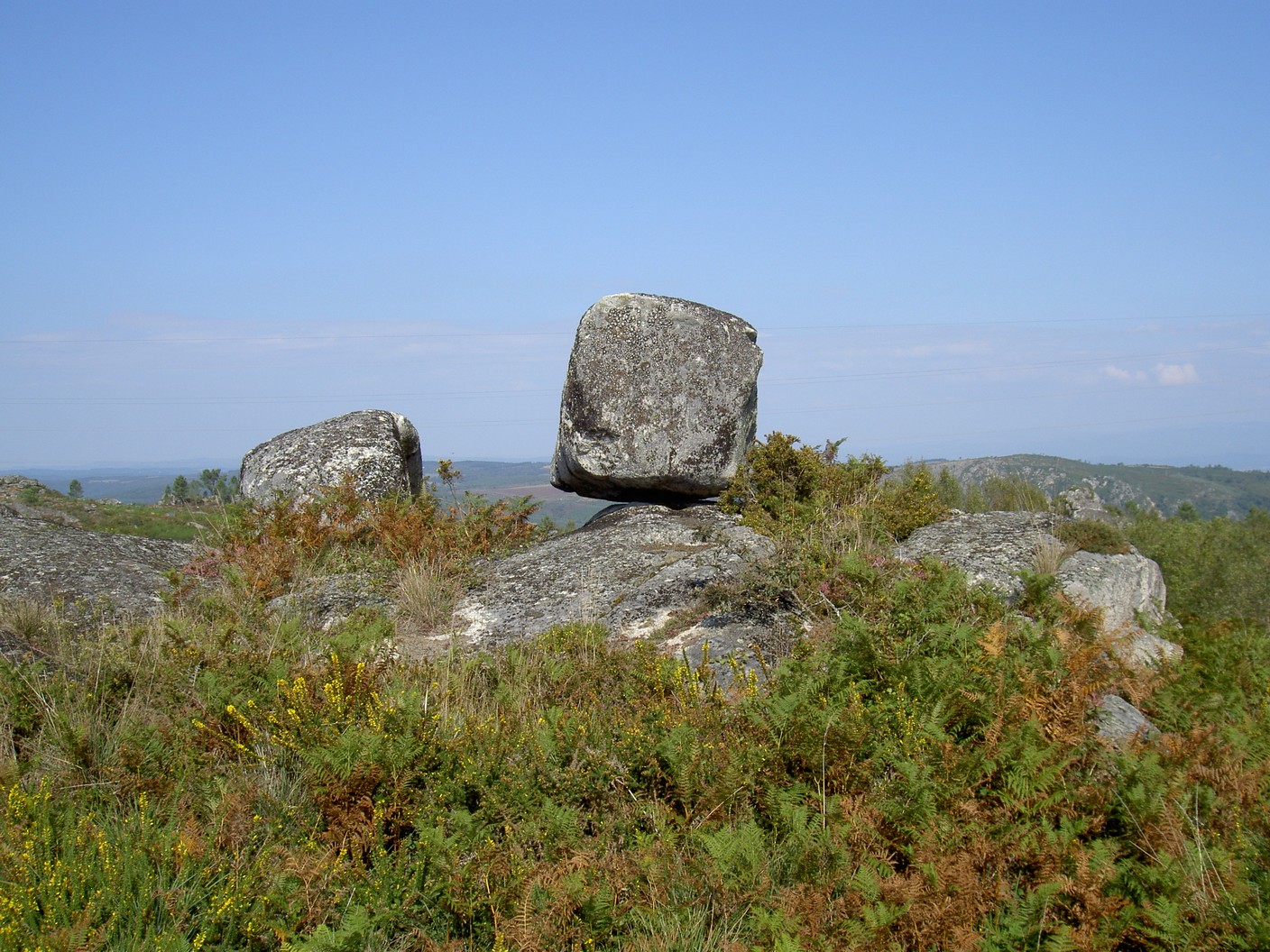
Eventually, I managed to tear myself away from this magical place. Half an hour later we were driving up a narrow track, winding its way through dense deciduous woodland. We entered a small car park. A notice board read, ‘Monasterio de San Pedro de Rocas’. Gravel chippings crunched underfoot as we made our way towards the bell tower, perched atop a natural rock, 20 metres high.
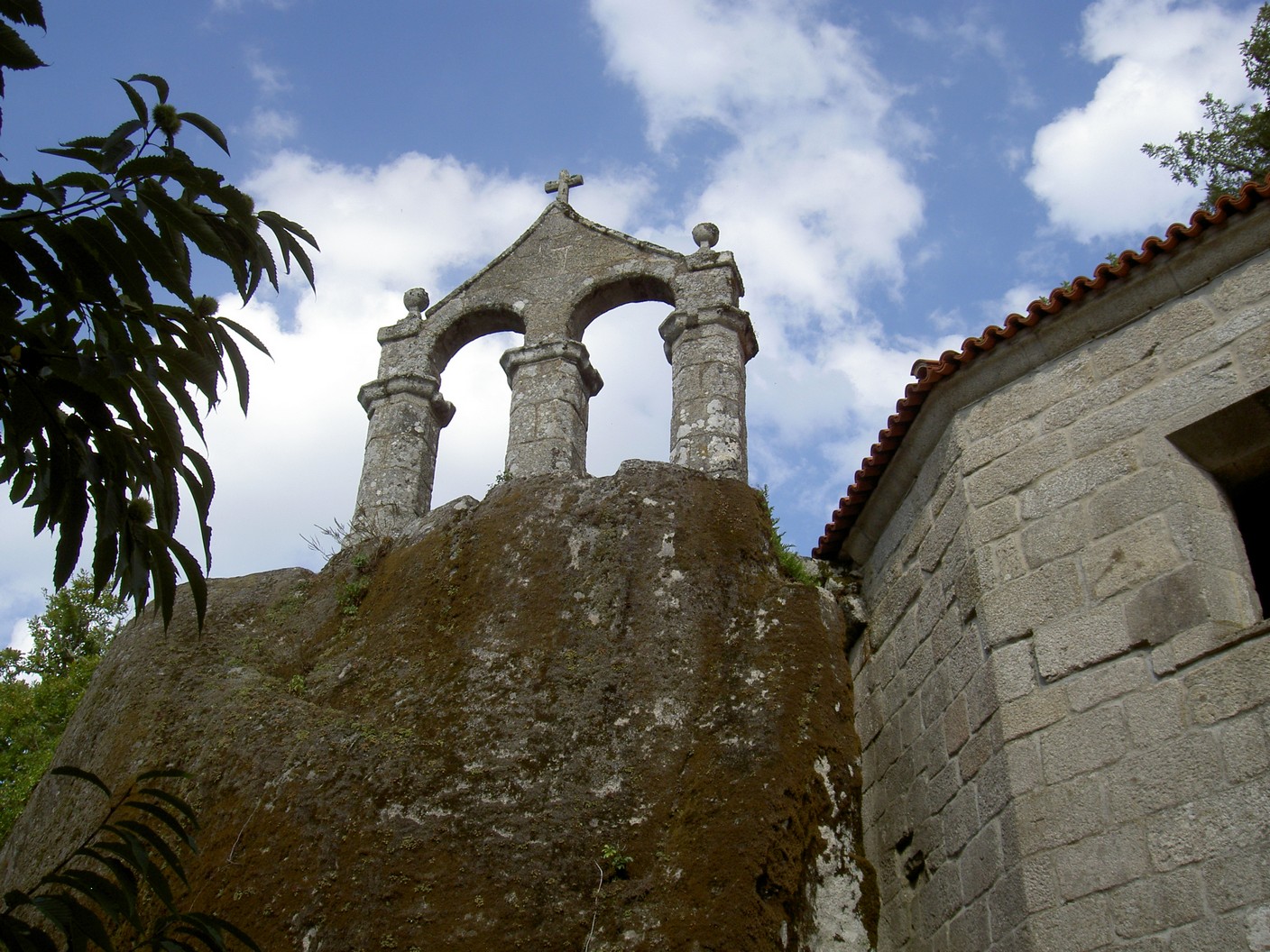
Inside this 6th century Christian temple are three naves, carved out of the solid rock. In the ceiling of the central nave, a hole allows light to filter into this manmade cave. On the floor of the church and atrium, numerous tombs have been excavated out of the granite.
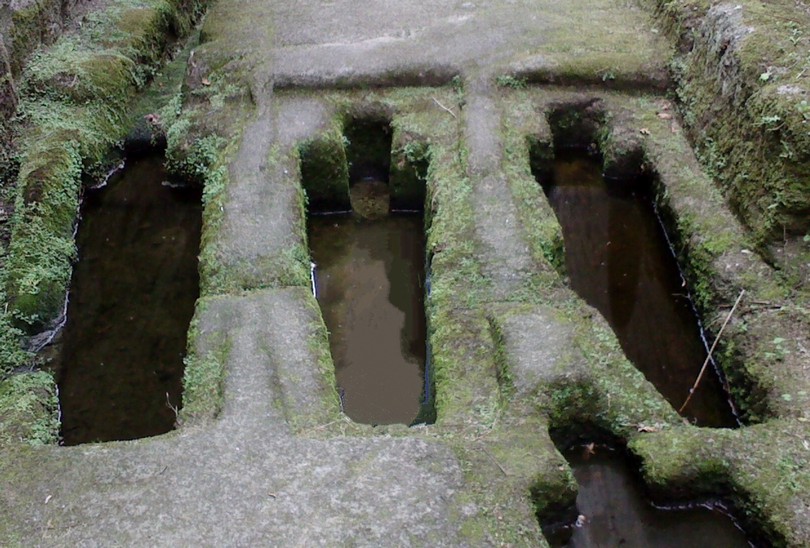
Located next door and housed in an old manor house is the visitors centre. There’s a shop selling regional wine and locally produced craft items. In other rooms, interactive exhibits show places of interest and give detailed information about the monastery.
The Ribeira Sacra is steeped in history and overflowing with hidden treasures. It’s a landscape full of surprises, where a drive in the countryside brings with it a new experience at every turn in the road.
Copyright © 2014 Craig Briggs
*************************************************************************
Craig and Melanie own and operate a luxury farmhouse rental property called Campo Verde. To find out more about a stay at Campo Verde and Galicia in general, visit their website getaway-galicia
Craig’s book, Journey To A Dream, is available exclusively from Amazon, to purchase your copy click here for your national Amazon store.
Find out more about Craig, and Galicia or look him up on Facebook
 0
Like
Published at 10:03 AM Comments (0)
0
Like
Published at 10:03 AM Comments (0)
Spam post or Abuse? Please let us know
|
|